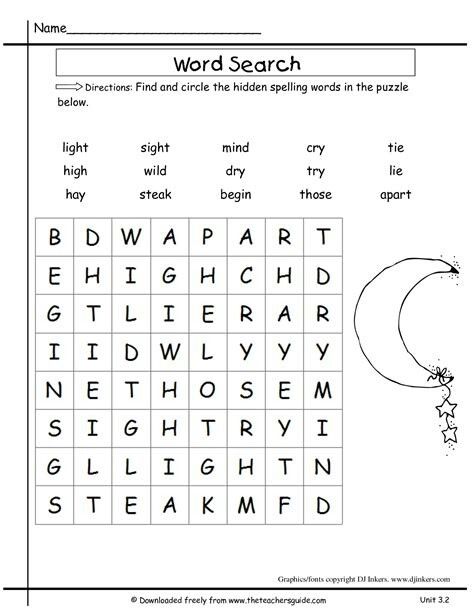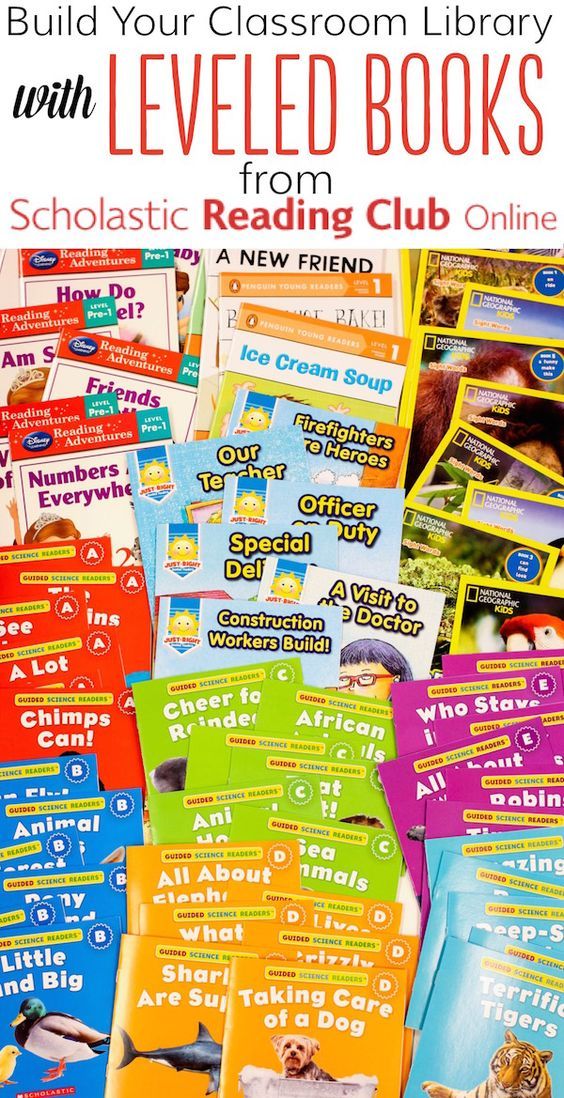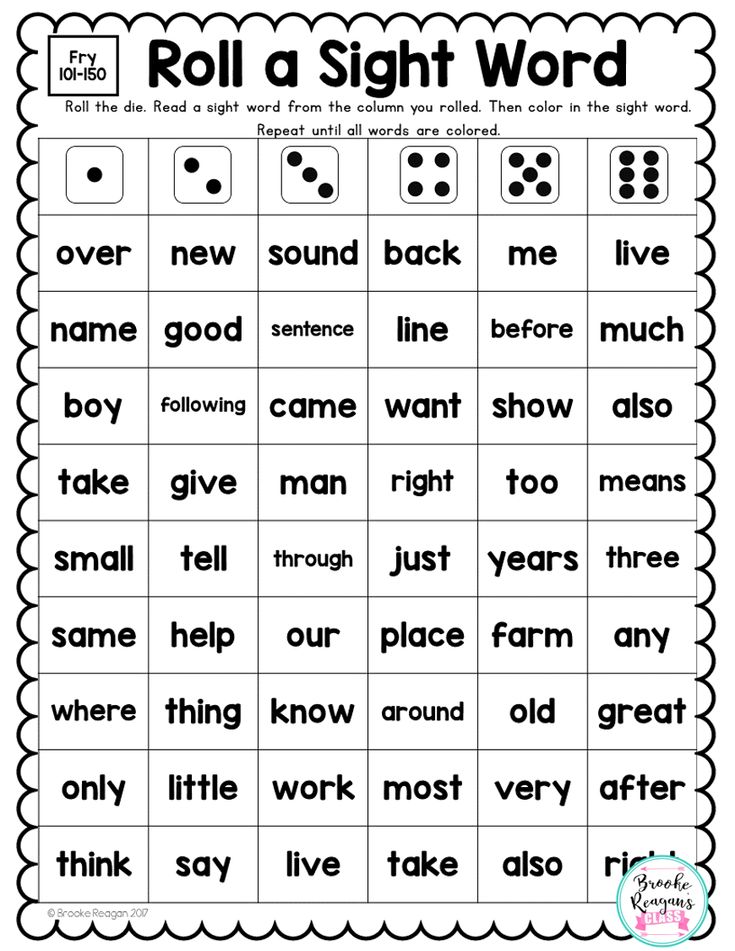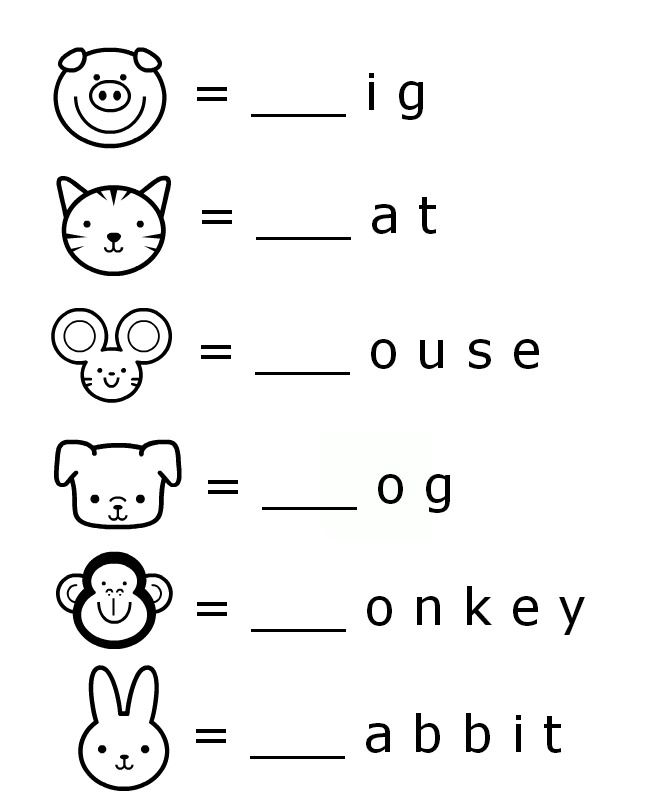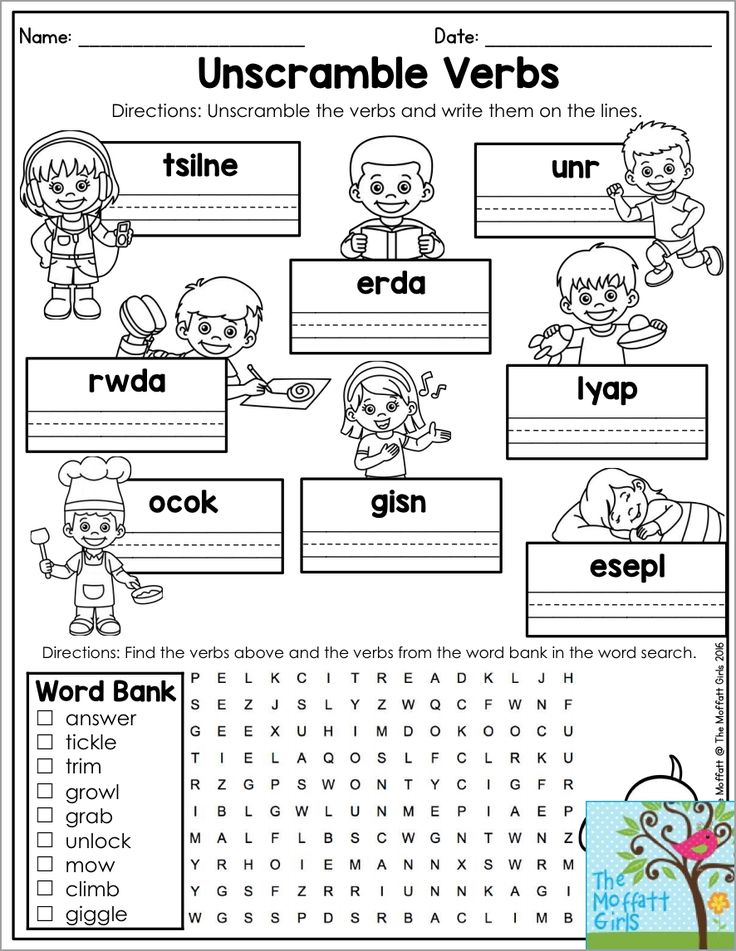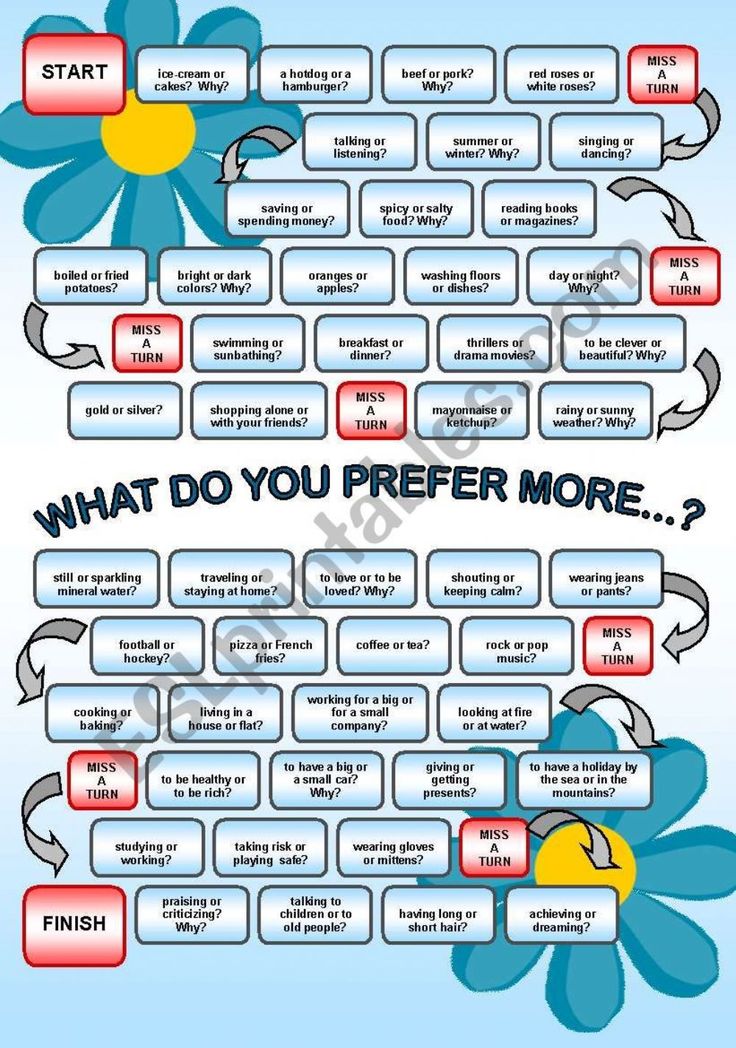Teach your children to read well
The Maloney Method » Teach Your Children Well – Reading, Spelling & Math
Digital Learning APP- READING LEVEL 1 Lessons 1-30
NOW AVAILABLE – ALL OF LEVEL 1 READING!
Teach Your Children to Read Well Lessons 31-60 Level 1. Order sets of lessons for teaching reading, and follow a proven step-by-step method for teaching beginning readers how to crack the reading code.
These lesson packages have been tested and used by homeschoolers, tutors in after-school programs and parents.
5-Lesson Sets $16.95 Each
OPTIMIZED FOR CHROME WEB BROWSER
- Includes:
- Full Access to Learning Platform
- Ongoing Support – 1-877-368-1513
- Lifetime Use of Lessons
We strongly recommend you
do these lessons in order
and in sequence.
| Level 1 (K to Grade 2) – Lessons 1-5 | $16.95 |
| Level 1 (K to Grade 2) – Lessons 6-10 | $16. |
| Level 1 (K to Grade 2) – Lessons 11-15 | $16.95 |
| Level 1 (K to Grade 2) – Lessons 16-20 | $16.95 |
| Level 1 (K to Grade 2) – Lessons 21-25 | $16.95 |
| Level 1 (K to Grade 2) – Lessons 26-30 | $16.95 |
Buy Student Readers & Workbooks
Digital Learning APP – READING LEVEL 1 Lessons 31-60
NOW AVAILABLE – ALL OF LEVEL 1 READING!
Teach Your Children to Read Well Lessons 31-60 Level 1. Order sets of lessons for teaching reading, and follow a proven step-by-step method for teaching beginning readers how to crack the reading code.
These lesson packages have been tested and used by homeschoolers, tutors in after-school programs and parents.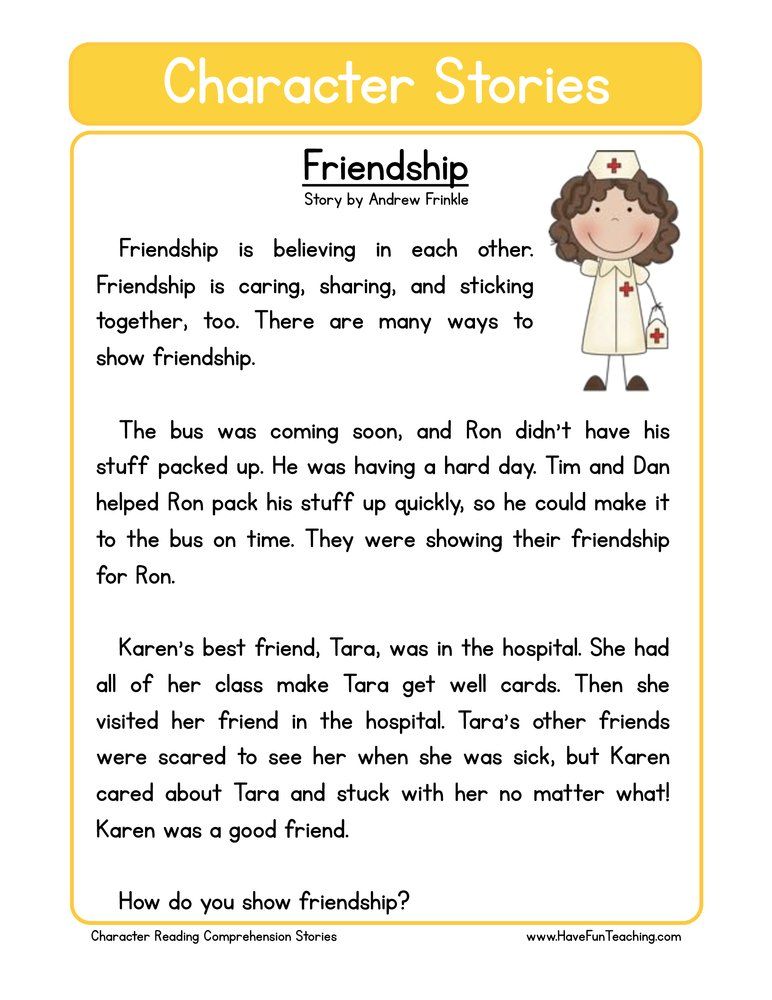
5-Lesson Sets $ 16.95 Each
OPTIMIZED FOR CHROME WEB BROWSER
- Includes:
- Full Access to Learning Platform
- Ongoing Support – 1-877-368-1513
- Lifetime Use of Lessons
We strongly recommend you
do these lessons in order
and in sequence.
| Level 1 (K to Grade 2) – Lessons 31-35 | $16.95 |
| Level 1 (K to Grade 2) – Lessons 36-40 | $16.95 |
| Level 1 (K to Grade 2) – Lessons 41-45 | $16.95 |
| Level 1 (K to Grade 2) – Lessons 46-50 | $16.95 |
| Level 1 (K to Grade 2) – Lessons 51-55 | $16.95 |
| Level 1 (K to Grade 2) – Lessons 56-60 |
$16. |
Buy Student Readers & Workbooks
Digital Learning APP – COMING SOON
2021 – More Teach Your Children to Read Well products are in development, including:
Reading Level 1 Fluency Checks Packages – Time your student to reading success! NOW AVAILABLE!
Reading Level 2 Fluency Checks Packages – Time your student to reading success! NOW AVAILABLE!
Level 1 Word Flash Run Packages – Build vocabulary and speed through targeted exercises with the 500 most common words in English!
Teach Your Children to Read Well Level 2 Lesson Packages!
Order sets of lessons for teaching reading, and follow a proven step-by-step method for teaching beginning readers how to crack the reading code. Use the Fluency Checks for extra timing practice, reading assessments and more.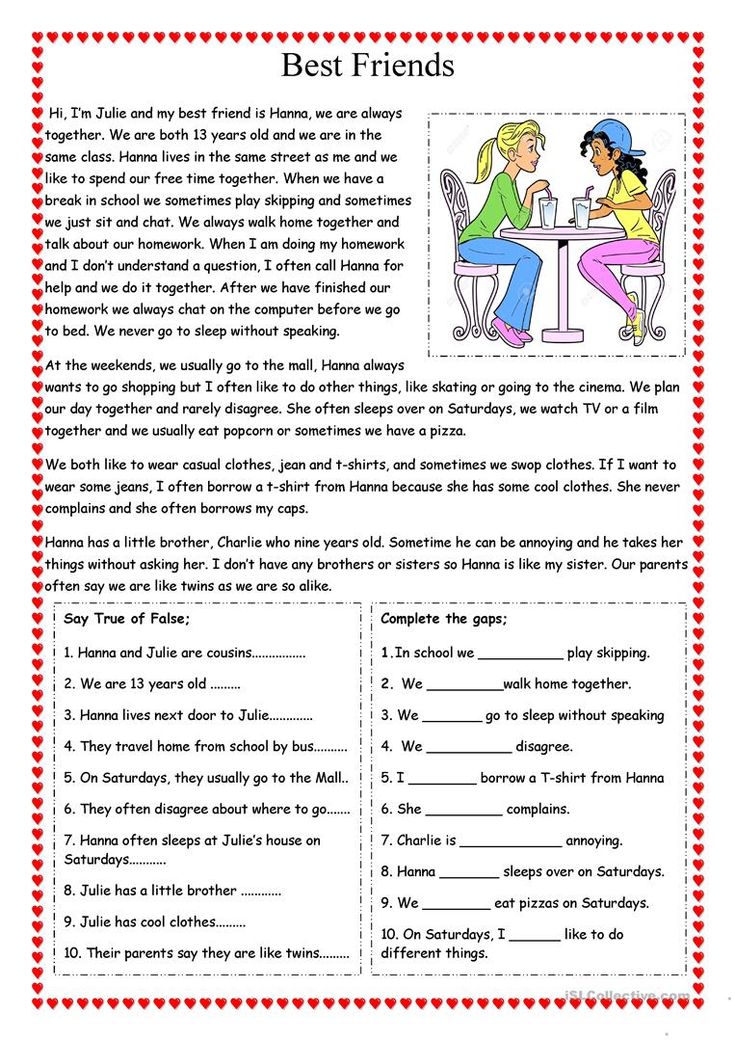
These lesson packages have been tested and used by homeschoolers, tutors in after-school programs and parents.
Fluency Check Sets $4.95 Each
5-Lesson Sets $16.95 Each
- Includes:
- Full Access to Learning Platform
- Ongoing Support – 1-877-368-1513
- Lifetime Use of Lessons
| Reading Level 1A Fluency Checks L1-30 | $4.95 |
| Reading Level 1B Fluency Checks L31-60 | $4.95 |
| Reading Level 2A Fluency Checks L1-30 | $4.95 |
| Reading Level 2B Fluency Checks L31-60 | $4.95 |
| Level 1 Word Flash Run Packages – Coming Soon | |
| Level 2 Lessons 1-30 – Coming Soon | |
| Level 2 Lessons 31-60 – Coming Soon |
Buy Student Readers & Workbooks
Printed Books – Reading
Order your set of books for teaching reading, and follow a proven step-by-step method for teaching beginning readers how to crack the reading code.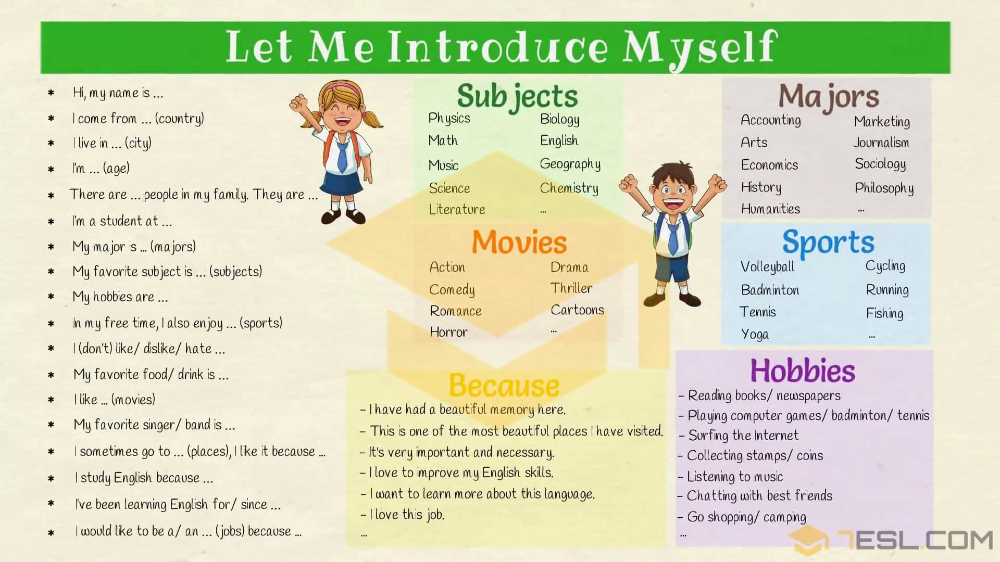
These books have been tested and used by homeschoolers, tutors in after-school programs and parents.
Curriculum Sets $99.95 Each
- Includes:
- 1 Instructor’s Manual
- 1 Student Reader
- 1 Student Workbook
Not sure where to start?
Take the Reading Level
Assessment Test
| Level 1A (K to Grade 2) | $99.95 |
| Level 1B (K to Grade 2) | $99.95 |
| Level 2 (Grades 3 to 4) | $99.95 |
| Level 3 (Grades 5 to 6) | $99.95 |
| Level 4 (Grades 7 to 8) | $99.95 |
Buy Individual Readers & Workbooks
Printed Books – Spelling
Begin with Primary to learn to spell 500 of the 1,000 most commonly used words in the English language.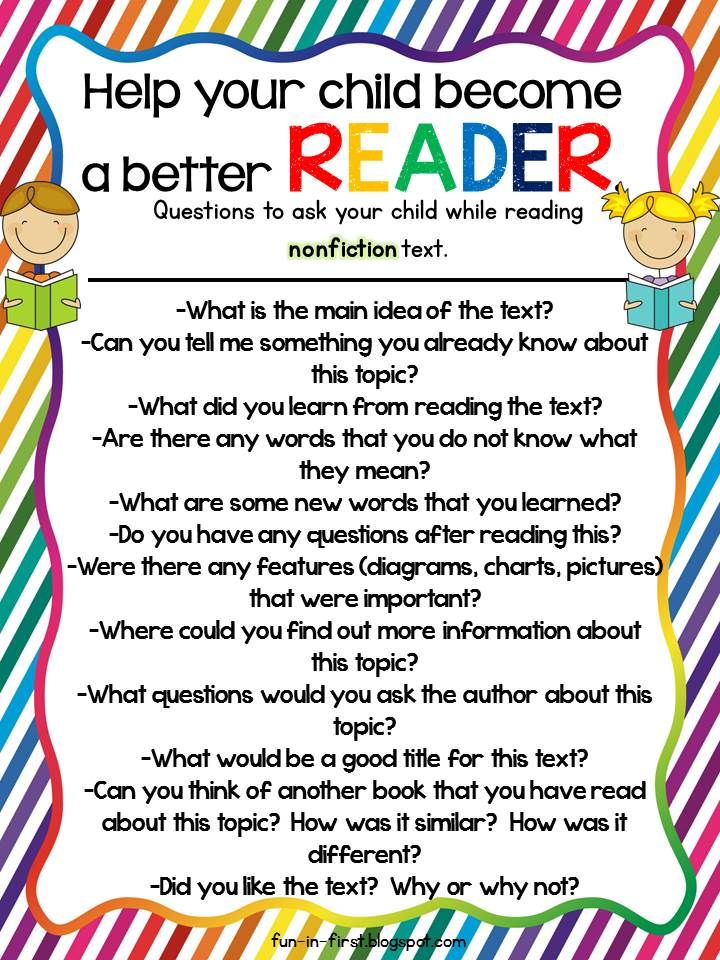
Continue with Junior to teaches students the spelling rules that make spelling simple!
Curriculum Sets $99.95 Each
- Includes:
- 1 Instructor’s Manual
- 1 Student Reader
| Primary (Grades 3 to 4) | $99.95 |
| Junior (Grades 5 to 6) | $99.95 |
Buy Individual Readers & Workbooks
Printed Books – Math
Teach Your Children To Do Math Well
Curriculum Sets $99.95 Each
- Includes:
- 1 Instructor’s Manual
- 1 Student Reader
| Addition Subtraction | $99.95 |
| Multiplication Division | $99.95 |
| Fractions Fluency | $99. |
Buy Individual Readers & Workbooks
SPECIAL OFFER – Level 1 READING Programs in PDF – REDUCED!
Order a set PDF books for teaching reading, that follow a proven step-by-step method for teaching beginning readers how to crack the reading code.
These books have been tested and used by homeschoolers, tutors in after-school programs and parents who want to ensure that their children are accomplished readers.
Curriculum Sets $99.95 Each – NOW $4.95 for each 5-Lesson Package.
- Includes:
- 1 Instructor’s Manual PDF
- 1 Student Reader PDF
- 1 Student Workbook PDF
| Level 1A (K to Grade 2) – Lessons 1-5 | $4.95 |
| Level 1A (K to Grade 2) – Lessons 6-10 | $4. |
| Level 1A (K to Grade 2) – Lessons 11-15 | $4.95 |
| Level 1A (K to Grade 2) – Lessons 16-20 | $4.95 |
| Level 1A (K to Grade 2) – Lessons 21-25 | $4.95 |
| Level 1A (K to Grade 2) – Lessons 26-30 | $4.95 |
| Level 1B (K to Grade 2) – Lessons 31-35 | $4.95 |
| Level 1B (K to Grade 2) – Lessons 36-40 | $4.95 |
| Level 1B (K to Grade 2) – Lessons 41-45 | $4.95 |
| Level 1B (K to Grade 2) – Lessons 46-50 | $4. |
| Level 1B (K to Grade 2) – Lessons 51-55 | $4.95 |
| Level 1B (K to Grade 2) – Lessons 56-60 | $4.95 |
SPECIAL OFFER – Math Programs in PDF – REDUCED!
Order a set PDF books of Teach Your Children Math Well, and follow a proven step-by-step method for teaching beginners how to do well in mathematics.
These books have been tested and used by homeschoolers, tutors in after-school programs and parents who want to ensure that their children become skilled mathematicians.
Teach Your Children To Do Math Well – Counting Fluency
$14.95 Each for Full Program – Downloadable PDF
- Includes:
- 1 Instructor’s Manual
| Math Counting Fluency | $14.95 |
Teach Your Children To Do Math Well
Curriculum Sets $99. – NOW $4.95 for each 5-Lessons Package! 95 Each
95 Each
- Includes:
- 1 Instructor’s Manual PDF
- 1 Student Workbook PDF
Addition and Subtraction Fluency
| TYCMW Addition & Subtraction Fluency – Lesson 1-5 Lessons | $4.95 |
| TYCMW Addition & Subtraction Fluency – Lesson 6-10 Lessons | $4.95 |
| TYCMW Addition & Subtraction Fluency – Lesson 11-15 Lessons | $4.95 |
| TYCMW Addition & Subtraction Fluency – Lesson 16-20 Lessons | $4.95 |
| TYCMW Addition & Subtraction Fluency – Lesson 21-25 Lessons | $4.95 |
| TYCMW Addition & Subtraction Fluency – Lesson 26-30 Lessons | $4. |
| TYCMW Addition & Subtraction Fluency – Lesson 31-33 Lessons | $4.95 |
Multiplication and Division Fluency
| TYCMW Multiplication & Division Fluency – Lesson 1-5 Lessons | $4.95 |
| TYCMW Multiplication & Division Fluency – Lesson 6-10 Lessons | $4.95 |
| TYCMW Multiplication & Division Fluency – Lesson 11-15 Lessons | $4.95 |
| TYCMW Multiplication & Division Fluency – Lesson 16-20 Lessons | $4.95 |
| TYCMW Multiplication & Division Fluency – Lesson 21-25 Lessons | $4. |
Fractions Fluency
| TYCMW Fractions Fluency – Lesson 1-5 Lessons | $4.95 |
| TYCMW Fractions Fluency – Lesson 6-10 Lessons | $4.95 |
| TYCMW Fractions Fluency – Lesson 11-15 Lessons | $4.95 |
| TYCMW Fractions Fluency – Lesson 16-20 Lessons | $4.95 |
| TYCMW Fractions Fluency – Lesson 21-27 Lessons | $4.95 |
SPECIAL OFFER – Level 2 READING Programs in PDF – REDUCED!
Order a set PDF books for teaching reading, that follow a proven step-by-step method for teaching beginning readers how to crack the reading code.
These books have been tested and used by homeschoolers, tutors in after-school programs and parents who want to ensure that their children are accomplished readers.
Curriculum Sets $99.95 Each – NOW $4.95 for each 5-Lessons Package!
- Includes:
- 1 Instructor’s Manual PDF
- 1 Student Reader PDF
- 1 Student Workbook PDF
| Level 2 (Grade 3 to Grade 4) – Lessons 1-5 | $4.95 |
| Level 2 (Grade 3 to Grade 4) – Lessons 6-10 | $4.95 |
| Level 2 (Grade 3 to Grade 4) – Lessons 11-15 | $4.95 |
| Level 2 (Grade 3 to Grade 4) – Lessons 16-20 | $4.95 |
| Level 2 (Grade 3 to Grade 4) – Lessons 21-25 | $4. |
| Level 2 (Grade 3 to Grade 4) – Lessons 26-30 | $4.95 |
| Level 2 (Grade 3 to Grade 4) – Lessons 31-35 | $4.95 |
| Level 2 (Grade 3 to Grade 4) – Lessons 36-40 | $4.95 |
| Level 2 (Grade 3 to Grade 4) – Lessons 41-45 | $4.95 |
| Level 2 (Grade 3 to Grade 4) – Lessons 46-50 | $4.95 |
| Level 2 (Grade 3 to Grade 4) – Lessons 51-55 | $4.95 |
| Level 2 (Grade 3 to Grade 4) – Lessons 56-60 | $4.95 |
Teaching children to read isn’t easy.
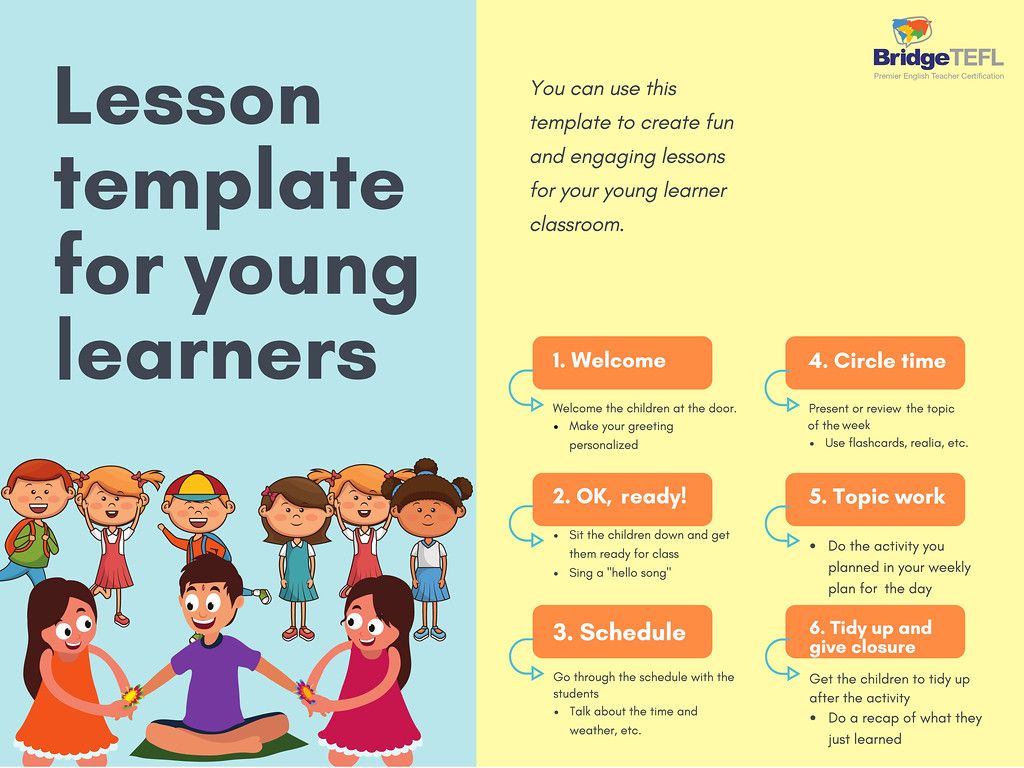 How do kids actually learn to read? A student in a Mississippi elementary school reads a book in class. Research shows young children need explicit, systematic phonics instruction to learn how to read fluently. Credit: Terrell Clark for The Hechinger Report
How do kids actually learn to read? A student in a Mississippi elementary school reads a book in class. Research shows young children need explicit, systematic phonics instruction to learn how to read fluently. Credit: Terrell Clark for The Hechinger ReportTeaching kids to read isn’t easy; educators often feel strongly about what they think is the “right” way to teach this essential skill. Though teachers’ approaches may differ, the research is pretty clear on how best to help kids learn to read. Here’s what parents should look for in their children’s classroom.
How do kids actually learn how to read?
Research shows kids learn to read when they are able to identify letters or combinations of letters and connect those letters to sounds. There’s more to it, of course, like attaching meaning to words and phrases, but phonemic awareness (understanding sounds in spoken words) and an understanding of phonics (knowing that letters in print correspond to sounds) are the most basic first steps to becoming a reader.
If children can’t master phonics, they are more likely to struggle to read. That’s why researchers say explicit, systematic instruction in phonics is important: Teachers must lead students step by step through a specific sequence of letters and sounds. Kids who learn how to decode words can then apply that skill to more challenging words and ultimately read with fluency. Some kids may not need much help with phonics, especially as they get older, but experts say phonics instruction can be essential for young children and struggling readers “We don’t know how much phonics each kid needs,” said Anders Rasmussen, principal of Wood Road Elementary School in Ballston Spa, New York, who recently led the transformation of his schools’ reading program to a research-based, structured approach. “But we know no kid is hurt by getting too much of it.”
How should your child’s school teach reading?
Timothy Shanahan, a professor emeritus at the University of Illinois at Chicago and an expert on reading instruction, said phonics are important in kindergarten through second grade and phonemic awareness should be explicitly taught in kindergarten and first grade. This view has been underscored by experts in recent years as the debate over reading instruction has intensified. But teaching kids how to read should include more than phonics, said Shanahan. They should also be exposed to oral reading, reading comprehension and writing.
This view has been underscored by experts in recent years as the debate over reading instruction has intensified. But teaching kids how to read should include more than phonics, said Shanahan. They should also be exposed to oral reading, reading comprehension and writing.
The wars over how to teach reading are back. Here’s the four things you need to know.
Wiley Blevins, an author and expert on phonics, said a good test parents can use to determine whether a child is receiving research-based reading instruction is to ask their child’s teacher how reading is taught. “They should be able to tell you something more than ‘by reading lots of books’ and ‘developing a love of reading.’ ” Blevins said. Along with time dedicated to teaching phonics, Blevins said children should participate in read-alouds with their teacher to build vocabulary and content knowledge. “These read-alouds must involve interactive conversations to engage students in thinking about the content and using the vocabulary,” he said.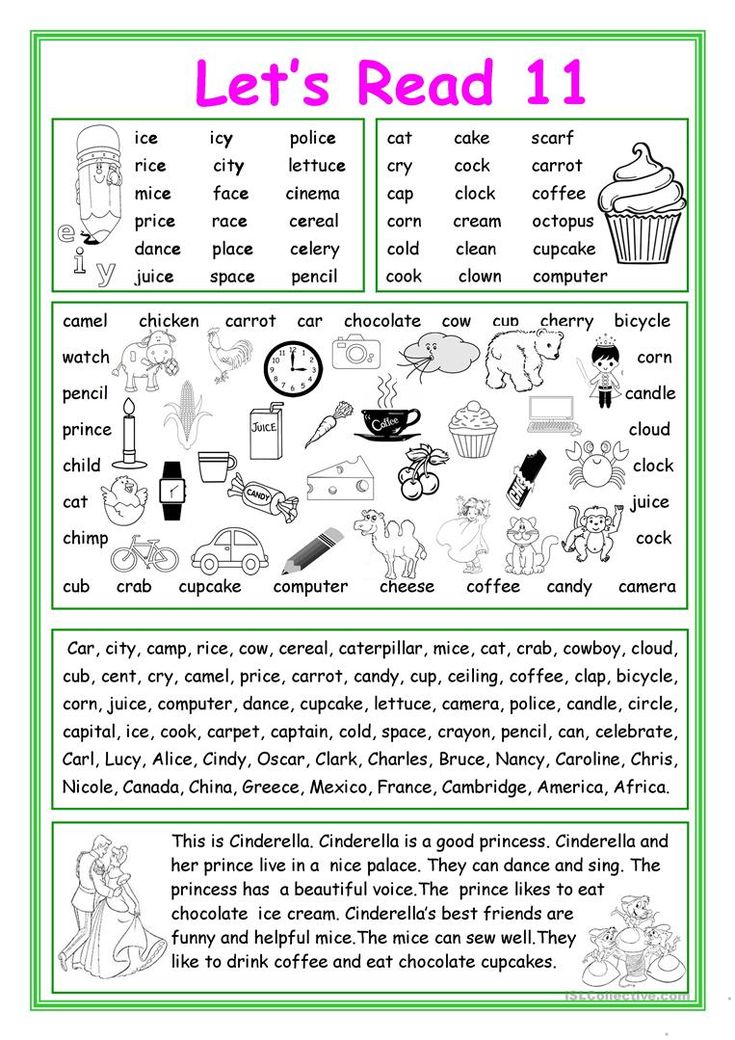 “Too often, when time is limited, the daily read-alouds are the first thing left out of the reading time. We undervalue its impact on reading growth and must change that.”
“Too often, when time is limited, the daily read-alouds are the first thing left out of the reading time. We undervalue its impact on reading growth and must change that.”
Rasmussen’s school uses a structured approach: Children receive lessons in phonemic awareness, phonics, pre-writing and writing, vocabulary and repeated readings. Research shows this type of “systematic and intensive” approach in several aspects of literacy can turn children who struggle to read into average or above-average readers.
What should schools avoid when teaching reading?
Educators and experts say kids should be encouraged to sound out words, instead of guessing. “We really want to make sure that no kid is guessing,” Rasmussen said. “You really want … your own kid sounding out words and blending words from the earliest level on.” That means children are not told to guess an unfamiliar word by looking at a picture in the book, for example. As children encounter more challenging texts in later grades, avoiding reliance on visual cues also supports fluent reading.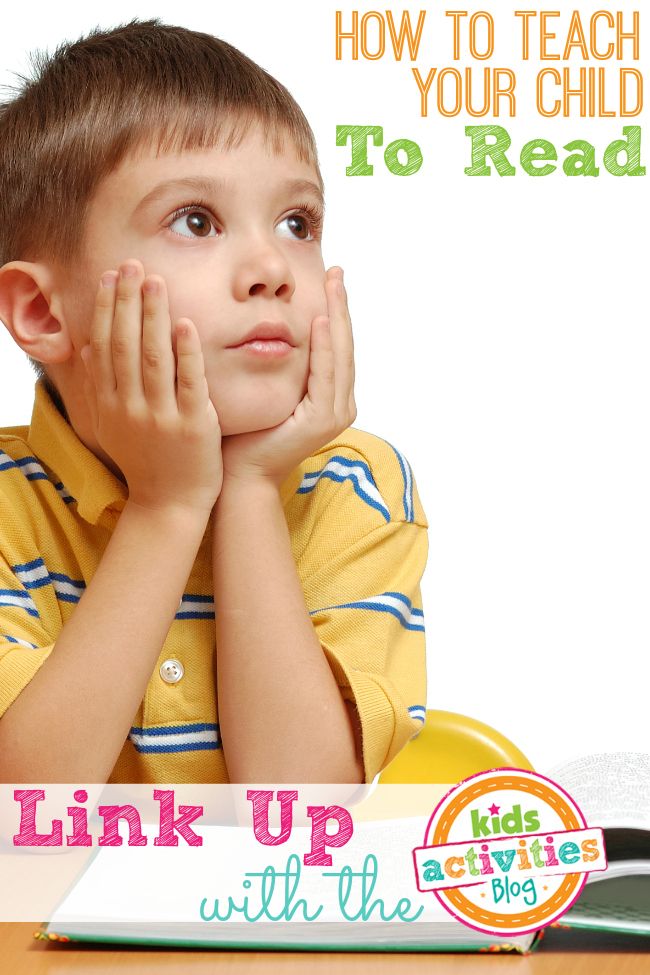 “When they get to ninth grade and they have to read “Of Mice and Men,” there are no picture cues,” Rasmussen said.
“When they get to ninth grade and they have to read “Of Mice and Men,” there are no picture cues,” Rasmussen said.
Related: Teacher Voice: We need phonics, along with other supports, for reading
Blevins and Shanahan caution against organizing books by different reading levels and keeping students at one level until they read with enough fluency to move up to the next level. Although many people may think keeping students at one level will help prevent them from getting frustrated and discouraged by difficult texts, research shows that students actually learn more when they are challenged by reading materials.
Blevins said reliance on “leveled books” can contribute to “a bad habit in readers.” Because students can’t sound out many of the words, they rely on memorizing repeated words and sentence patterns, or on using picture clues to guess words. Rasmussen said making kids stick with one reading level — and, especially, consistently giving some kids texts that are below grade level, rather than giving them supports to bring them to grade level — can also lead to larger gaps in reading ability.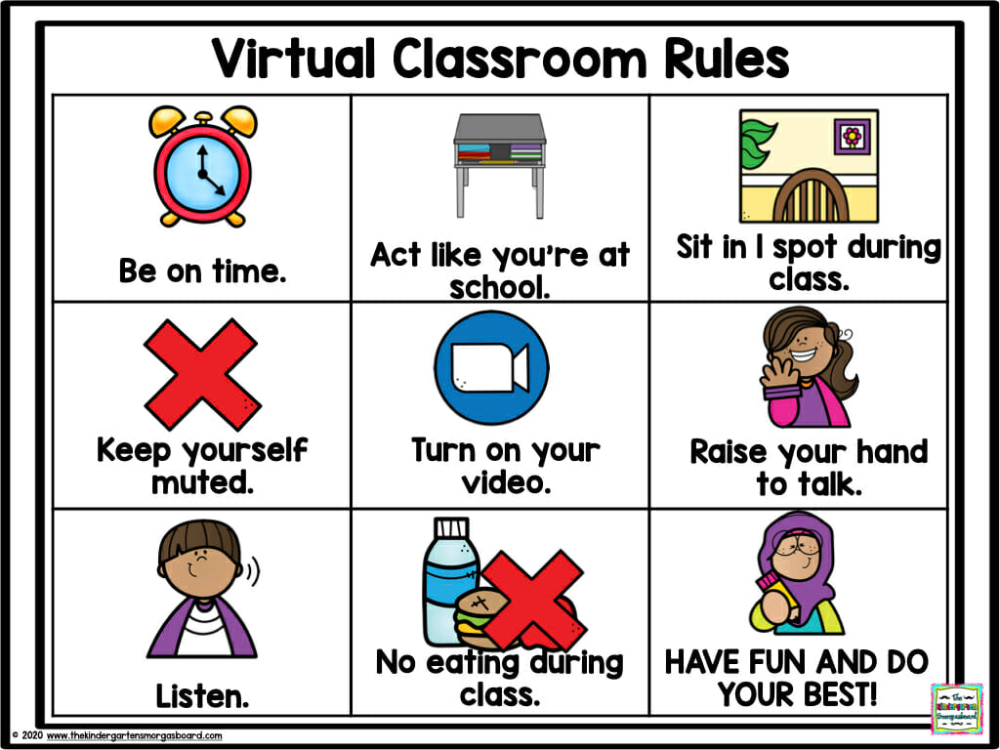
How do I know if a reading curriculum is effective?
Some reading curricula cover more aspects of literacy than others. While almost all programs have some research-based components, the structure of a program can make a big difference, said Rasmussen. Watching children read is the best way to tell if they are receiving proper instruction — explicit, systematic instruction in phonics to establish a foundation for reading, coupled with the use of grade-level texts, offered to all kids.
Parents who are curious about what’s included in the curriculum in their child’s classroom can find sources online, like a chart included in an article by Readingrockets.org which summarizes the various aspects of literacy, including phonics, writing and comprehension strategies, in some of the most popular reading curricula.
Blevins also suggested some questions parents can ask their child’s teacher:
- What is your phonics scope and sequence?
“If research-based, the curriculum must have a clearly defined phonics scope and sequence that serves as the spine of the instruction. ” Blevins said.
” Blevins said.
- Do you have decodable readers (short books with words composed of the letters and sounds students are learning) to practice phonics?
“If no decodable or phonics readers are used, students are unlikely to get the amount of practice and application to get to mastery so they can then transfer these skills to all reading and writing experiences,” Blevins said. “If teachers say they are using leveled books, ask how many words can students sound out based on the phonics skills (teachers) have taught … Can these words be fully sounded out based on the phonics skills you taught or are children only using pieces of the word? They should be fully sounding out the words — not using just the first or first and last letters and guessing at the rest.”
- What are you doing to build students’ vocabulary and background knowledge? How frequent is this instruction? How much time is spent each day doing this?
“It should be a lot,” Blevins said, “and much of it happens during read-alouds, especially informational texts, and science and social studies lessons.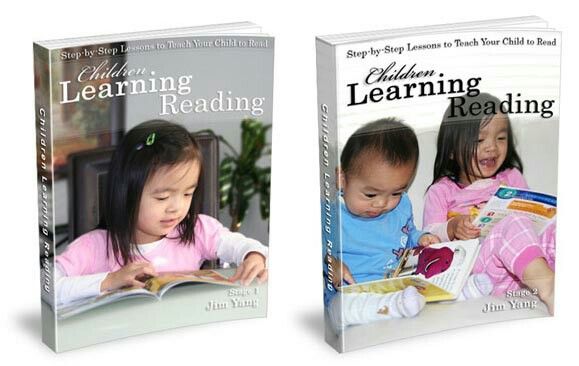 ”
”
- Is the research used to support your reading curriculum just about the actual materials, or does it draw from a larger body of research on how children learn to read? How does it connect to the science of reading?
Teachers should be able to answer these questions, said Blevins.
What should I do if my child isn’t progressing in reading?
When a child isn’t progressing, Blevins said, the key is to find out why. “Is it a learning challenge or is your child a curriculum casualty? This is a tough one.” Blevins suggested that parents of kindergarteners and first graders ask their child’s school to test the child’s phonemic awareness, phonics and fluency.
Parents of older children should ask for a test of vocabulary. “These tests will locate some underlying issues as to why your child is struggling reading and understanding what they read,” Blevins said. “Once underlying issues are found, they can be systematically addressed.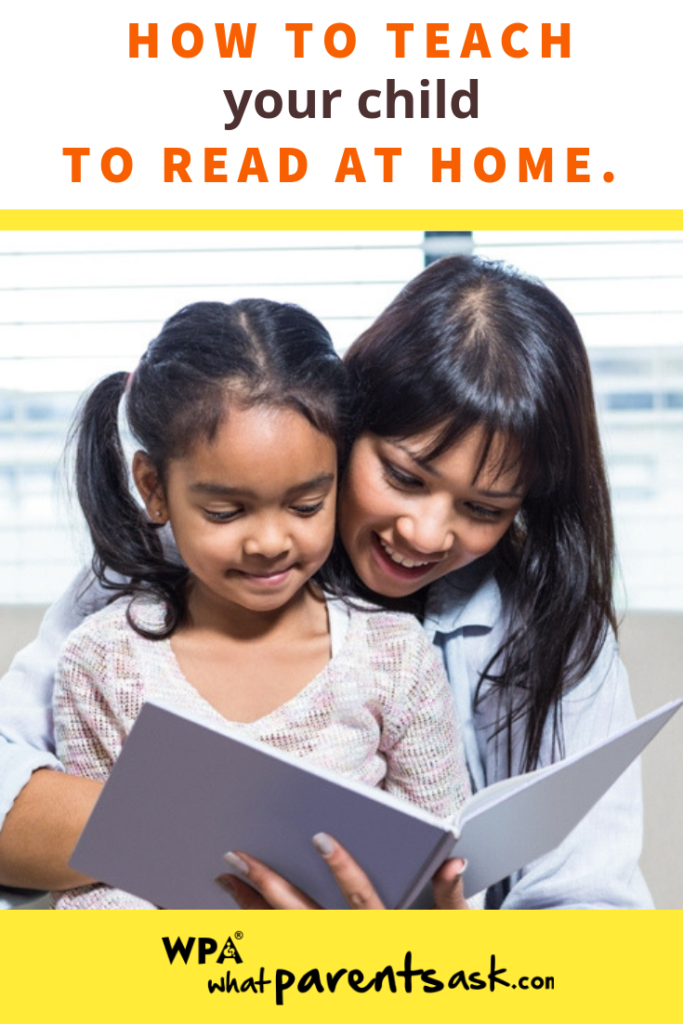 ”
”
“We don’t know how much phonics each kid needs. But we know no kid is hurt by getting too much of it.”
Anders Rasmussen, principal of Wood Road Elementary School in Ballston Spa, New York
Rasmussen recommended parents work with their school if they are concerned about their children’s progress. By sitting and reading with their children, parents can see the kind of literacy instruction the kids are receiving. If children are trying to guess based on pictures, parents can talk to teachers about increasing phonics instruction.
“Teachers aren’t there doing necessarily bad things or disadvantaging kids purposefully or willfully,” Rasmussen said. “You have many great reading teachers using some effective strategies and some ineffective strategies.”
What can parents do at home to help their children learn to read?
Parents want to help their kids learn how to read but don’t want to push them to the point where they hate reading.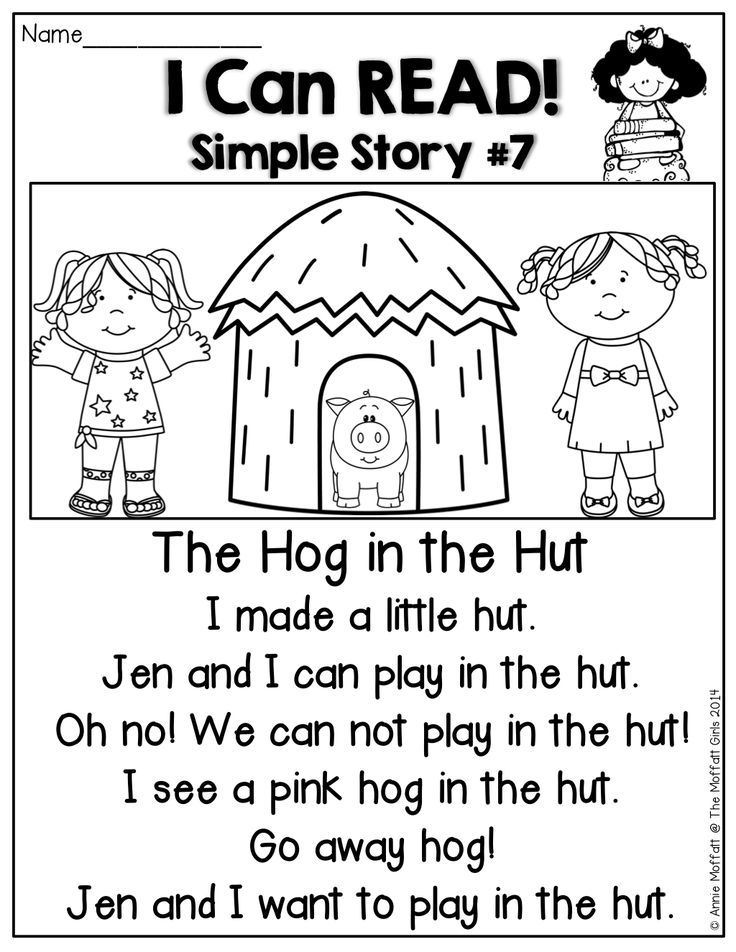 “Parents at home can fall into the trap of thinking this is about drilling their kid,” said Cindy Jiban, a former educator and current principal academic lead at NWEA, a research-based non-profit focused on assessments and professional learning opportunities. “This is unfortunate,” Jiban said. “It sets up a parent-child interaction that makes it, ‘Ugh, there’s this thing that’s not fun.’” Instead, Jiban advises making decoding playful. Here are some ideas:
“Parents at home can fall into the trap of thinking this is about drilling their kid,” said Cindy Jiban, a former educator and current principal academic lead at NWEA, a research-based non-profit focused on assessments and professional learning opportunities. “This is unfortunate,” Jiban said. “It sets up a parent-child interaction that makes it, ‘Ugh, there’s this thing that’s not fun.’” Instead, Jiban advises making decoding playful. Here are some ideas:
- Challenge kids to find everything in the house that starts with a specific sound.
- Stretch out one word in a sentence. Ask your child to “pass the salt” but say the individual sounds in the word “salt” instead of the word itself.
- Ask your child to figure out what every family member’s name would be if it started with a “b” sound.
- Sing that annoying “Banana fana fo fanna song.” Jiban said that kind of playful activity can actually help a kid think about the sounds that correspond with letters even if they’re not looking at a letter right in front of them.
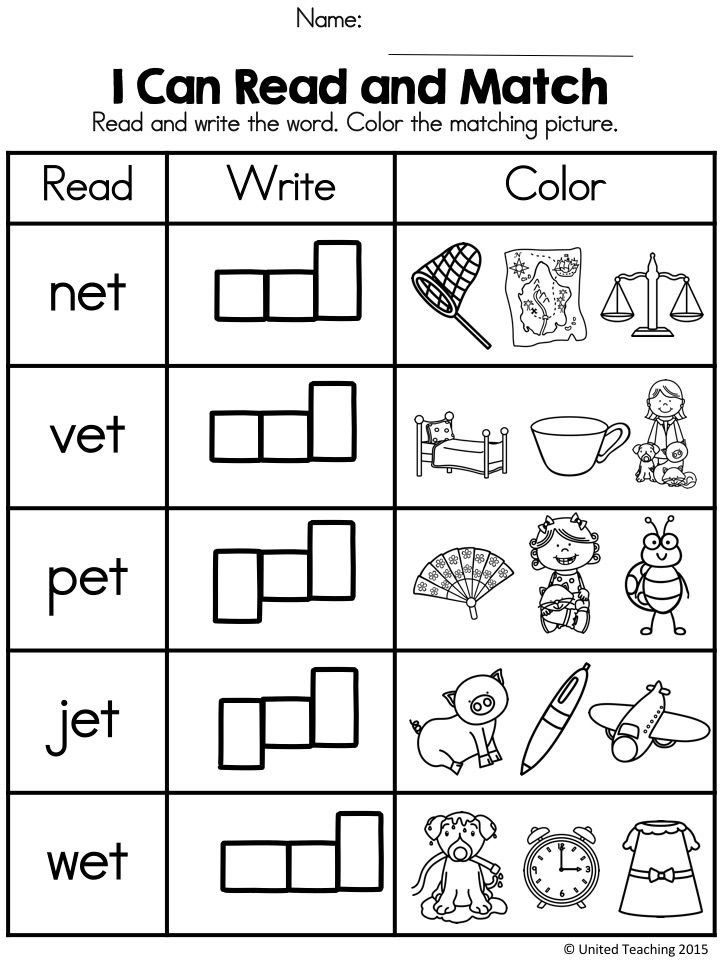
- Read your child’s favorite book over and over again. For books that children know well, Jiban suggests that children use their finger to follow along as each word is read. Parents can do the same, or come up with another strategy to help kids follow which words they’re reading on a page.
Giving a child diverse experiences that seem to have nothing to do with reading can also help a child’s reading ability. By having a variety of experiences, Rasmussen said, children will be able to apply their own knowledge to better comprehend texts about various topics.
This story about teaching children to read was produced by The Hechinger Report, a nonprofit, independent news organization focused on inequality and innovation in education. Sign up for Hechinger’s newsletter.
The Hechinger Report provides in-depth, fact-based, unbiased reporting on education that is free to all readers. But that doesn't mean it's free to produce. Our work keeps educators and the public informed about pressing issues at schools and on campuses throughout the country. We tell the whole story, even when the details are inconvenient. Help us keep doing that.
Our work keeps educators and the public informed about pressing issues at schools and on campuses throughout the country. We tell the whole story, even when the details are inconvenient. Help us keep doing that.
Join us today.
Read online “Teach Your Children”, Ivan Faber – Litres
Part 1
Chapter 1
The house, devastated by the lack of movement, was clearing up at dawn. Here and there, through the uncurtained edges of the windows, the sun was breaking through. For some of the inhabitants of this combination of rooms, the dissipation of darkness meant only one thing - the beginning of a new day.
What should be the reaction of the owner when the dog's barking and frantic sounds, which are the result of their violent activity, make him open his eyelids, because the dream is already gone. If he had not been familiar with his pets, at first there would have been an attempt to calm them down, to separate them from each other, in order to somehow prolong the peace that had been interrupted.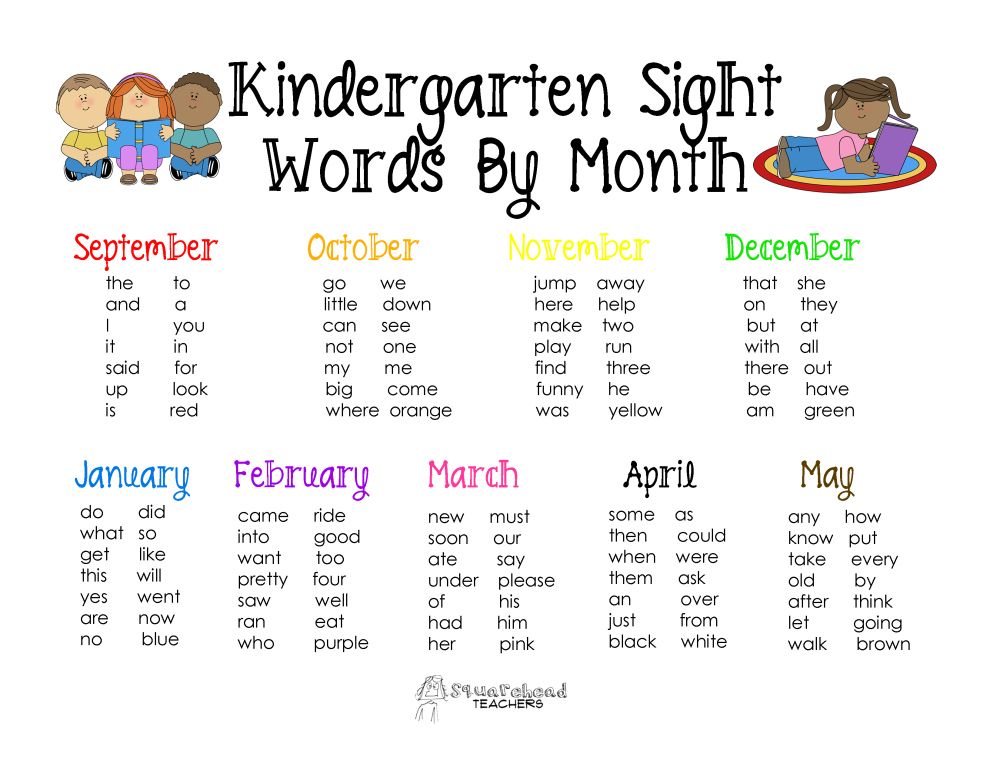 Alas and ah, this algorithm of actions has long outlived its usefulness, and the owner had no other choice but to get out of a deep bed.
Alas and ah, this algorithm of actions has long outlived its usefulness, and the owner had no other choice but to get out of a deep bed.
The man sat on the edge of the bed, rubbing his stubble-covered face, as if getting rid of the remnants of sleep. The digital clock on the stool to the right of the bed showed six in the morning. Glancing at them, the man finally rose to his feet, dissolving into the darkness of the room.
He went through the corridor and turned left into the second door. Turning on the light with a movement of his hand, the man faced his own reflection in a dirty, stained mirror. In front of him, leaning with one hand on the sink, with the other on the wall near the mirror, stood a gloomy, thirty-year-old man. He saw in front of him a face that had not been shaved for about three weeks, deep green eyes that gave off red irritation, thick eyebrows above them, medium-length dark hair that curled in places.
The man examined his own appearance for a long time, apparently somewhat surprised by it, then repeatedly washed himself, performed the necessary manipulations with the toothbrush, and, having undressed, climbed into the shower cabin.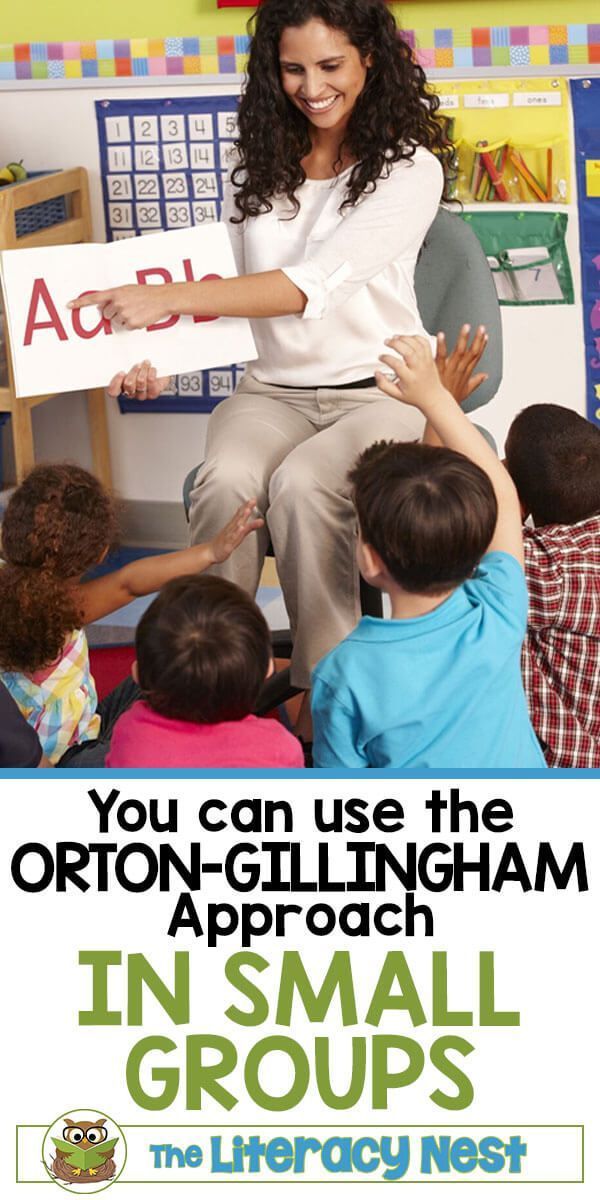
He took a shower extremely passively - the whole procedure consisted in alternating changes in the temperature of the water - first very cold, then extremely hot. However, the man himself, not at all reacting to the changes, stood rooted to the spot.
After twenty minutes of a contrast shower, he left the booth, wrapped himself in a long towel that hung on the pipes, and was about to leave the bathroom, when he once again crossed paths with his own reflection. Reacting instantly, the man went to the sink, took out shaving foam, applied it, and with a few movements of a dangerous razor, quickly, like a barber, deprived himself of excess facial hair. After washing up and looking at the renewed features in the mirror, the man left the bathroom. Lay is quiet.
A corridor from the bathroom led from the bedroom to the kitchen, connected to a wide hall. However, the man preferred to return to the bedroom. Opposite the bed, against the far wall, was a closet with randomly packed things.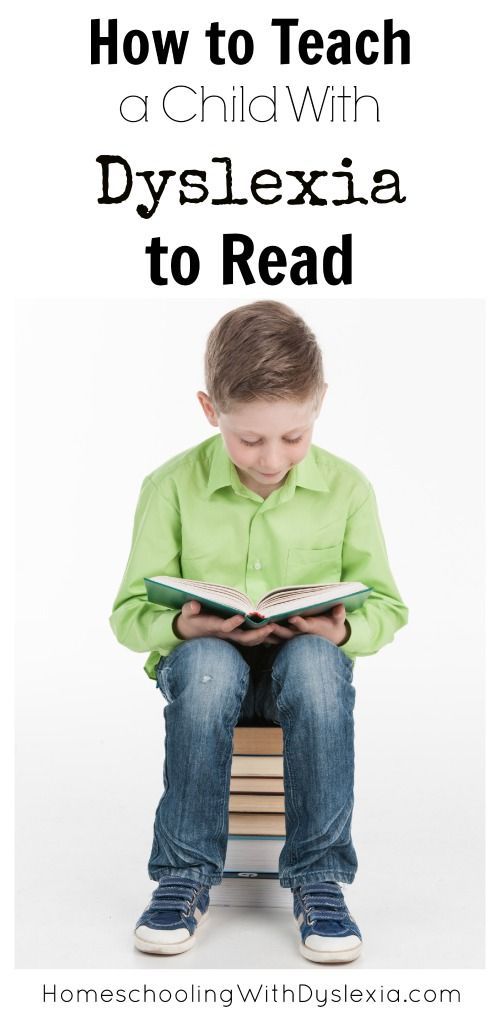 The man feverishly, accelerating at a pace, began to look for something among the clothes on the topmost shelf. Then he stopped abruptly, apparently finding what he needed. To the touch, he was pleased with the find, but because of the darkness in the room, he still did not understand whether he had found it. Looking at some kind of rope, he nevertheless decided to turn on the light. It turned out to be an old, gnawed leather leash. But the man suddenly threw him on the floor, into a corner, and continued to fumble around in things. A minute later, judging by his slight smile, having found what he needed, he took out another leash from a pile of things, much thicker and rougher than the previous one. After examining the object, finding no flaws on it, the man threw it on the bed, after which he began to dress. Pulling on discreet jeans and a shirt torn in places, the man hooked his hand on the leash and left the room.
The man feverishly, accelerating at a pace, began to look for something among the clothes on the topmost shelf. Then he stopped abruptly, apparently finding what he needed. To the touch, he was pleased with the find, but because of the darkness in the room, he still did not understand whether he had found it. Looking at some kind of rope, he nevertheless decided to turn on the light. It turned out to be an old, gnawed leather leash. But the man suddenly threw him on the floor, into a corner, and continued to fumble around in things. A minute later, judging by his slight smile, having found what he needed, he took out another leash from a pile of things, much thicker and rougher than the previous one. After examining the object, finding no flaws on it, the man threw it on the bed, after which he began to dress. Pulling on discreet jeans and a shirt torn in places, the man hooked his hand on the leash and left the room.
On the way to the hallway, at the end of the corridor, right in front of the room, a man stumbled over his slobbery, gnawed slippers. Having picked it up, the man walked a few more steps and found his pair, next to which, on its side, lay a beautiful female white bull terrier.
Having picked it up, the man walked a few more steps and found his pair, next to which, on its side, lay a beautiful female white bull terrier.
- Good morning. He greeted his dog grimly.
Without waiting for an answer, he patted the bitch on the side. She immediately cheered up from the touch of the owner, ran through the hall to the exit of the house.
The man followed her with his eyes and went through the darkness to the fireplace, where another black-and-white creature was sitting on a light rug. Noticing the approaching figure of the owner, the dog whined softly.
- Did you really think I would believe that Ty was chewing on my slippers? the man asked and slapped his second bull terrier with a pair of slates. The dog whimpered even harder. - Let's go.
The man fastened the leash on the dog's iron collar and led the pet to the exit of the house. In front of the door, the owner unhooked a leather jacket and put it on.
This man's name is Tom, Thomas Poulson.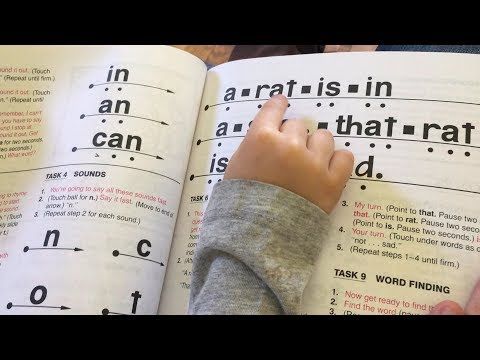 He is thirty years old. He was born in the fifty-ninth year, in northern Canada.
He is thirty years old. He was born in the fifty-ninth year, in northern Canada.
On this warm morning, and on the calendar it was the fourteenth of September, Tom left the house so early for the first time in a month. For the past two weeks, he'd regularly come home drunk, leaving the front door open so the dogs could walk themselves. It's all about the onset of not exactly the long-awaited, but very suitable, finally official vacation.
Thomas is a police officer, or rather a detective. His whole role, as he himself would say, was to identify the sequence of the crime, find evidence, catch those who broke the law and find out their motives. But in fact, this person was engaged in a much larger amount of work. Maybe I'm in a hurry, and perhaps it's worth talking about this guy's childhood so that you understand which path this person chose, or at least try to understand.
As mentioned, Tom was born in the sixties, in the northwest of Canada, somewhere in the Yukon.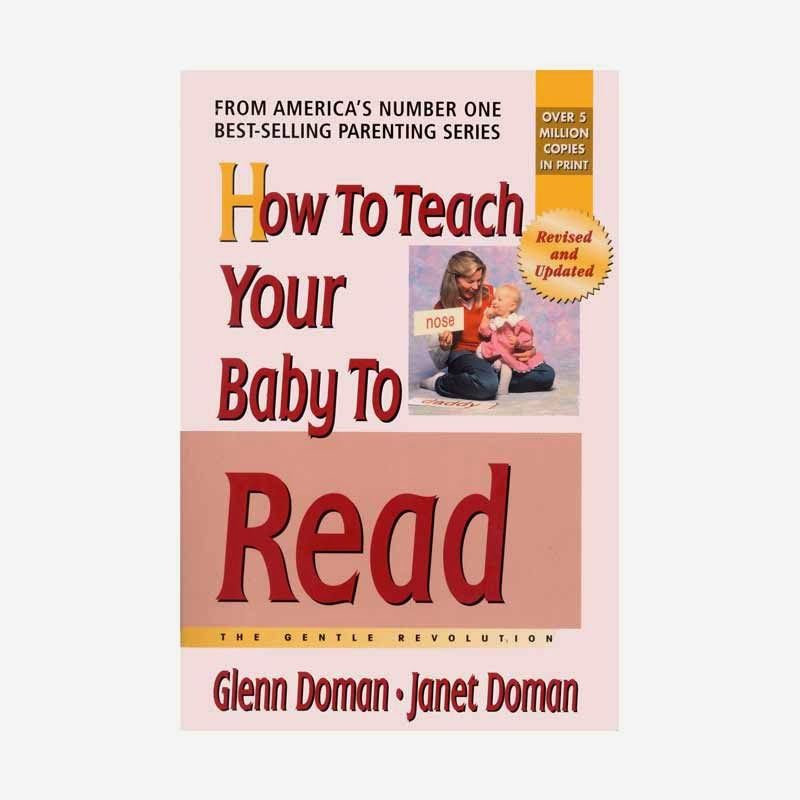 Thomas was the only child in the family, but he did not have a family, as such. The boy never saw his father, and even more so did not know, his mother, Ophelia Poulson, a girl with Slavic roots, was on drugs. In essence, her son was left to himself all his childhood. Until the age of five, the mother tried to deal with Tom, albeit not so successfully, but at least somehow, until the substances took over her, because of which, a year later, she left her son forever.
Thomas was the only child in the family, but he did not have a family, as such. The boy never saw his father, and even more so did not know, his mother, Ophelia Poulson, a girl with Slavic roots, was on drugs. In essence, her son was left to himself all his childhood. Until the age of five, the mother tried to deal with Tom, albeit not so successfully, but at least somehow, until the substances took over her, because of which, a year later, she left her son forever.
They lived in a small, almost empty house on the outskirts of the town of Whitehorse, in a dirty area where it was disgusting for any self-respecting person to be. The contingent of the population of these quarters were drug addicts, prostitutes, all sorts of freaks, hooligans, and so on. Even the people of the proletariat tried to avoid being here. Tom didn't know what his mother's job was, but as an adult, he began to guess, albeit with disgust, that youth, without giving her any chance for an education and a normal life, forced the girl to endure various bastards who wanted fifteen dollars or a divorced syringe. poppy to tear it off in the toilet of the nearest bar or in the front seat of your car. Tom could not give another explanation of where she found money and drugs from. The boy remained alone from day to day, while his mother left in the evenings and came back during the day, or even did not return at all for more than a day. But, it should be noted that Ofelia really tried to devote time to her son. Thomas learned to walk, talk and read in time. Oddly enough, he remembered his mother's diligence, with which she taught him the first steps, letters and sounds, then reading by syllables. But around the age of four, when his mother was in a bad mood, apparently caused by problems with money or drugs, the boy tried not to stick out of his corner, where he dragged and kept all the children's books and toys bought by Ofelia, since at these moments, the mother seemed to lose her head. Catching her eyes then, the boy undoubtedly experienced all the cruelty and baseness of a creature who, with a cursory glance, wants to see only the cherished dose that will temporarily save the poor drug addict from the incipient derilium.
poppy to tear it off in the toilet of the nearest bar or in the front seat of your car. Tom could not give another explanation of where she found money and drugs from. The boy remained alone from day to day, while his mother left in the evenings and came back during the day, or even did not return at all for more than a day. But, it should be noted that Ofelia really tried to devote time to her son. Thomas learned to walk, talk and read in time. Oddly enough, he remembered his mother's diligence, with which she taught him the first steps, letters and sounds, then reading by syllables. But around the age of four, when his mother was in a bad mood, apparently caused by problems with money or drugs, the boy tried not to stick out of his corner, where he dragged and kept all the children's books and toys bought by Ofelia, since at these moments, the mother seemed to lose her head. Catching her eyes then, the boy undoubtedly experienced all the cruelty and baseness of a creature who, with a cursory glance, wants to see only the cherished dose that will temporarily save the poor drug addict from the incipient derilium.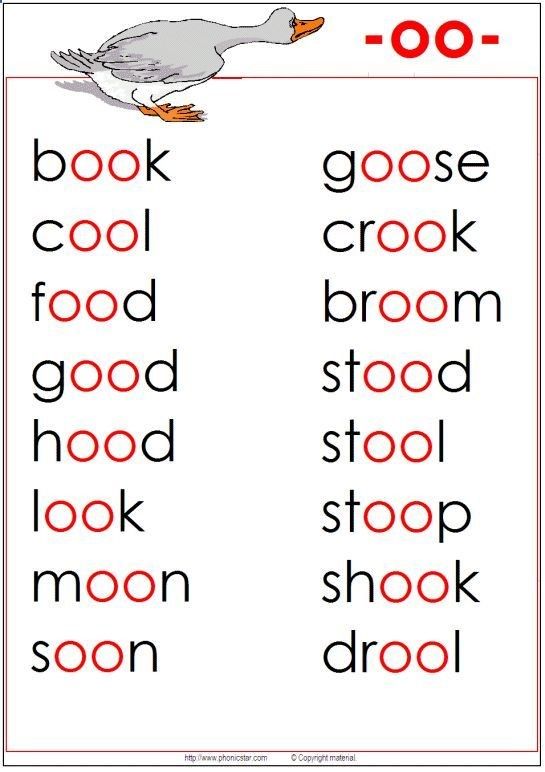 And this feeling of unfair resentment, despite such a young age, Tom kept somewhere deep in his soul. He knew him very well, but would never want to know him.
And this feeling of unfair resentment, despite such a young age, Tom kept somewhere deep in his soul. He knew him very well, but would never want to know him.
And now, already at a conscious age, from the age of four or five, when his only hobby was small books with easy-to-read type and simple phrases for children, Tom remained alone with himself day after day. He ate once a day, because Ofelia practically did not appear in the house, only once dropping in to leave her son lunch or breakfast. Tom always fell asleep alone. Every day the mother's mood, and by the way, her state of mind worsened, which led to constant groundless tantrums, a whole range of negative emotions, which naturally poured out on the child. Tom remembered very well Ophelia's spontaneous beatings when she came home only to hurt her son. After that, she always locked herself in the bathroom, shouted something very loudly, constantly broke it, and then bought new mirrors hanging over the washbasin. Meanwhile, a little boy sat under the bed and looked at the stains from his own tears on the dirty, dusty floor.
The Poulson family's dilapidated one-story house consisted of a connected kitchen with a living room, and two bedrooms, one of which was a children's room, which was located in the farthest corner of the house. The other room was the mother's room, closest to the exit, where Ofelia often brought her clients and colleagues. Every year, the understanding of responsibility on Tom's mother decreased, to the point that she simply forgot about her own son, completely plunging into drug addiction. What she didn't depend on. And Tom watched it all. He saw the cruelty of people, saw them as wild, scary, angry, and simply locked himself in his room, and if given the opportunity, he ran away from home.
When it got really boring, Tom went out to a gloomy, gray alley. The boy loved to play with homeless kittens, and often dragged them home while his mother was away. He loved to play with them, take care of their fur, wash them, iron them with a comb. Tom liked the way the kittens purred, and, noticing that these sounds were the cat's reaction to pleasant sensations, he tried to make the animals feel good.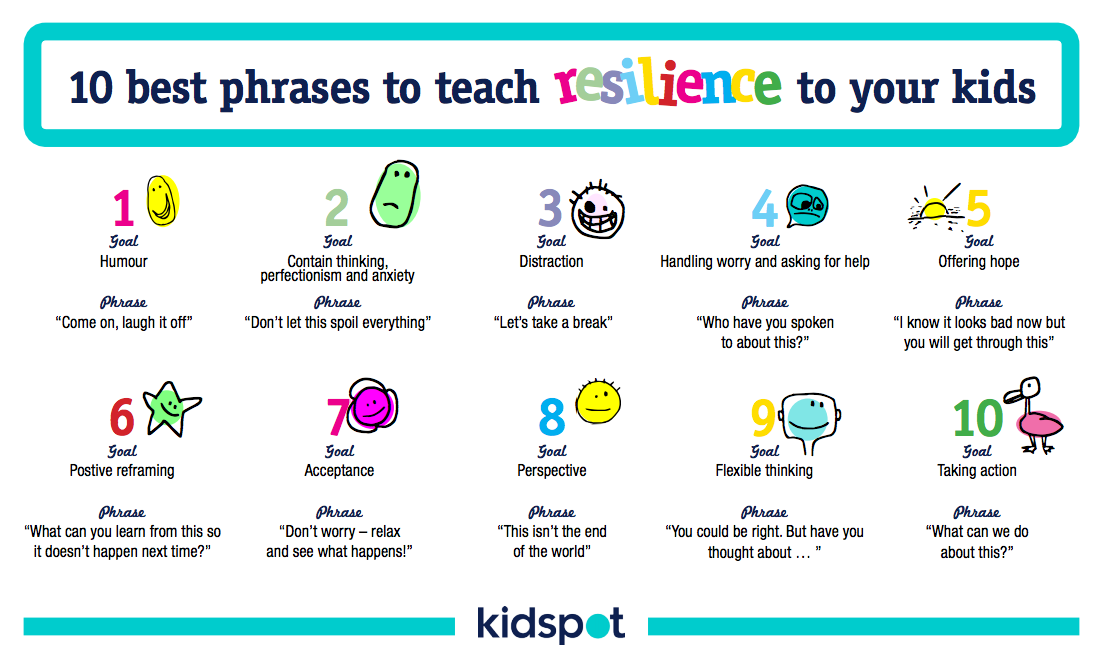 He shared his breakfast with them, because, to some extent, having got used to it, he no longer felt the feeling of hunger, and considered it his duty to feed his little friends. Watching them, he was childishly happy, did not scold them if they crap, tried to clean up after them, because he knew that cats should only go to one place. But one day, probably one of the most memorable days for a child, a mother came to Tom's house with another prostitute, who brought two, possibly clients. The boy, having heard the sound of a key in the lock, hastily began to hide the kittens under the covers of his own bed, with the hope that no one would enter his room. Quietly hiding near the closed door, he began to listen to the conversations of adults. Tom heard the men's voices drawn out, some words poorly pronounced, the whore laughing disgustingly, and only a single sound was not heard from the mother.
He shared his breakfast with them, because, to some extent, having got used to it, he no longer felt the feeling of hunger, and considered it his duty to feed his little friends. Watching them, he was childishly happy, did not scold them if they crap, tried to clean up after them, because he knew that cats should only go to one place. But one day, probably one of the most memorable days for a child, a mother came to Tom's house with another prostitute, who brought two, possibly clients. The boy, having heard the sound of a key in the lock, hastily began to hide the kittens under the covers of his own bed, with the hope that no one would enter his room. Quietly hiding near the closed door, he began to listen to the conversations of adults. Tom heard the men's voices drawn out, some words poorly pronounced, the whore laughing disgustingly, and only a single sound was not heard from the mother.
– Where is he? – Asked the first rough voice. A prostitute's laughter was heard, but, apparently, without waiting for an answer, the voice said: - Should I repeat it again?
In a moment there was heard, as it turned out, a slap in the face.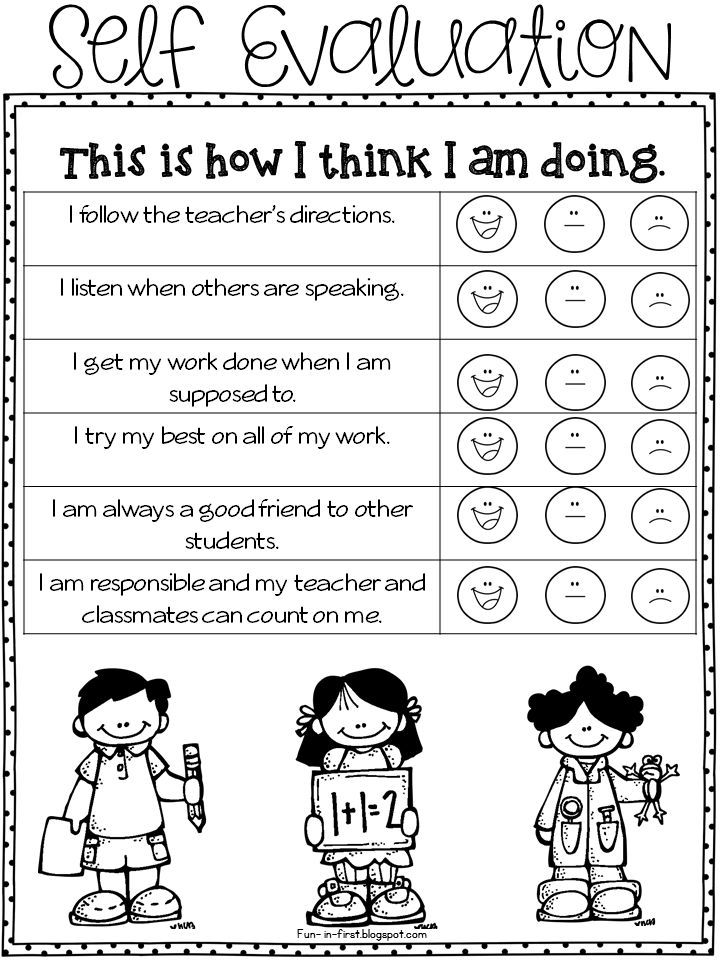
“She has a son,” the whore sneered.
- No, don't touch it! - It was already screaming mother.
- Sit. - I heard an angry, but calm, confident voice of another man.
Then came the sounds of fuss, struggle, squeals of the mother and another woman. After a minute everything calmed down, but suddenly laughter broke out, and at the same time someone stamped their feet towards the boy's room. Terrified, Tom flew from the door to the bed.
The door was thrown open. Before the boy appeared a huge, bald and at the same time bearded man, with a big belly. His eyes burned terribly, and a rough grin was visible through the thickets of bristles on a disgusting muzzle. Dressed in wide black pants, boots on his feet, his body was hidden behind a dark-colored T-shirt with torn sleeves, over which is a leather vest. The man's arms, thick and hairy, were covered in tattoos: women, knives, skulls.
Entering the dimly lit nursery, the man first glanced around before noticing Thomas.
“Here comes the boy,” the guest whispered in a vile voice.
Loudly thumping his boots on the floor, he covered the distance from the door to the bed and came close to Tom, who was sitting on the edge of the bed, shifting the kittens under the covers behind him.
- Come here, you brat.
The man grabbed the child by the dark hair and yanked him hard, causing him to fall off the bed. Then, lifting the boy by the collar of his shirt, he dragged him out of the room into the hall. Tom endured. Coming out of the corridor into the room, the man threw the boy to the sofa, right at the mother's feet. She, bursting into tears, with bruises on her face, grabbed Tom and hugged him tightly, bursting into tears even harder and louder. Thomas looked around: next to his mother sat a terrible woman, with all her unfriendly appearance pointing to the blackness of her own soul. She smoked, from time to time looking at the boy, then at Ophelia, then at another character whose presence Thomas had forgotten - at the curtained window, in a dark corner of the hall, sat a man dressed in what looked like a business suit. The style of his clothes was acquired as a result of the diffusion of classic, office fashion and biker culture. A thin, flabby face, deep-set eyes, not long, but far from short, graying hair separated his crown, hanging down on either side of an open, wrinkled forehead. He was about forty-five to fifty years old. The man looked very neat and clean, in contrast to the fat man who apparently worked for him.
The style of his clothes was acquired as a result of the diffusion of classic, office fashion and biker culture. A thin, flabby face, deep-set eyes, not long, but far from short, graying hair separated his crown, hanging down on either side of an open, wrinkled forehead. He was about forty-five to fifty years old. The man looked very neat and clean, in contrast to the fat man who apparently worked for him.
- What are we going to do, Ofi? - Asked the same voice that ordered the mother to sit. “We can deprive you of your son at any moment, you understand that.
“I know, I know…” the mother whispered through her tears. I will return everything!
Tom did not understand anything, except for one thing - they were in danger. But he was so used to enduring an inadequate mother that in this situation he was more than calm. By the way, he practically did not hug Ophelia, only symbolically taking her hands when she clung to him after freeing herself from the hands of a fat man.
– What do you mean return? The old man rose from his chair in anger. “I don’t believe that you managed to spend everything!
– I don’t have anything now, I told you why… – Mother sobbed through every word.
- Search the house! – ordered the old man to his kingpin.
The fat man started to turn everything upside down. Although, in fact, the house was empty, but at the same time it was possible to hide something in it among various garbage and rags. The biker rummaged everywhere - in the kitchen cabinets and on the shelves in the hall, tore the pillows on the sofas and armchairs, rummaged along the walls. When he began to turn over the bed in his mother's room, Tom was seized with fear - he was afraid for the kittens.
Finding nothing, the biker returned to his master and simply shrugged.
– And in his room? The old man pointed to the boy.
At that moment, Tom felt his mother tremble.
– Now. - The biker answered sullenly and disappeared into the corridor.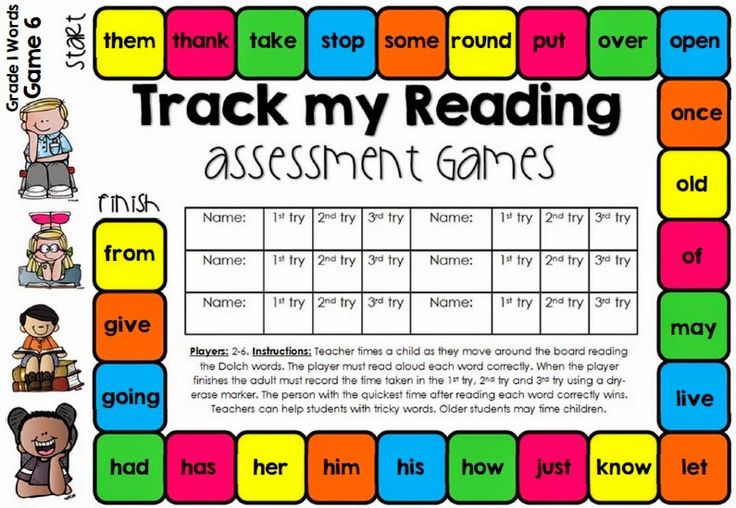
As soon as he was out of sight, Tom escaped from his mother's arms and ran after the fat man. However, the person who was sitting in the corner of the room caught up with the six-year-old child in an instant and grabbed his neck tightly. Ophelia, only realizing that her son had escaped from her arms, jumped up after him, but the woman sitting next to her jumped up and slapped her back in her place.
“Sit down,” she said menacingly.
Silently huddled in the sofa, the mother watched Tom groaning, writhing in pain, and the man in the suit stood straight and looked towards the corridor, waiting for his mercenary.
– Leave him, please!
The man, distracted from the corridor, turned around half a turn and looked out of the corner of his eye, first at Ophelia, then at the prisoner of his own hand.
- Shut your filthy mouth and don't pretend that he cares about you and ever did!
A few days later the fat man came out of Tom's room holding what looked like a box, a black case. Thomas glanced at him briefly - the bald man smiled mockingly, noticing the boy's gaze on him, then went up to the old man and, having opened it, handed him the find. Its owner, having examined the inner cavity of the box, nodded to his worker and threw Tom back to his mother:
Thomas glanced at him briefly - the bald man smiled mockingly, noticing the boy's gaze on him, then went up to the old man and, having opened it, handed him the find. Its owner, having examined the inner cavity of the box, nodded to his worker and threw Tom back to his mother:
- This is not all, but only for your good. We'll be back on Monday for the rest.
Ofelia nodded, grabbing her son in her arms and holding her tight.
The strangers are gone. The mother held her son in her arms for a long time, swaying from side to side. Tom hadn't seen her so alive in a long time. Only after twenty or thirty minutes did she let the boy go. Tom looked at her fascinated, and then asked:
- Who was that?
Ophelia, wiping her cheeks from salt water, was silent at first, not daring to say anything, but, thinking about the answer, she only squeezed out:
– These are bad people, Thomas. But not as bad as your mom.
At that moment, Ophelia burst into tears once again as she grabbed the boy.
- How I love you, my little one.
Tom saw her now so unprotected and so beautiful - thin, fair-haired, with large eyes sparkling with tears. He couldn't remember the last time his mother told him of her love, when she hugged him so tenderly. And the little man could not understand what was happening - who were these people, what did mother do, that she was beaten right at home, why this particular situation aroused such tenderness in mother, and why she had never been so kind to him.
Suddenly, Tom burst into an incredible scale of resentment that he pushed his mother away from him, angrily looking at her, sitting next to him, on the floor, all in tears, perplexed by his son's act:
– My boy, what happened? The streaks of mascara divided her cheeks into several parts.
Tom still couldn't explain to himself why he pushed her away then. What thought in his head made the child reject the only person close to him in his little universe?
He remembered how he turned away from her and ran to his room. And Tom will never forget the next moment.
He saw strangled kittens on his own bed that he had hidden. The lifeless bodies lay motionless, as if frozen. Thomas remembered this encounter very well, his first encounter with death. Before, he did not even suspect that any life can be interrupted, but when he touched the quickly cooled bodies of small pets, he realized that this was also possible. When Thomas replayed this memory in subsequent moments, he clearly remembered that he was afraid of how the mother or that fat man would start to beat the kittens, hurt them, but he could not even think about the possibility of a forced end of their life. And at that moment the boy was standing over the bed with dead kittens lying on it, shedding a tear for a second, he felt hatred for the first time. The tears immediately disappeared, and pure hatred appeared, a desire to inflict similar pain and suffering on those who deserve it, those who do the same evil, arguing with impunity that they will not get anything for it. He could not interrupt this hatred with tears, as ordinary children do. For the first time, Thomas felt someone else's pain, ceasing to be a child so early.
The strangest thing Tom thought was that at that moment, being a little man, he did not think about the cause of death of the kittens, why they were killed. At that moment, he realized that human cruelty is a spontaneous, unmotivated phenomenon, inherent in absolutely everyone except himself.
The silence was interrupted by the mother knocking softly on the door.
- May I? she asked quietly.
Without waiting for an answer, Ofelia entered the room. The boy stood silently in front of the bed.
“Lord,” the mother commented on what she saw and wrapped the kittens in the blanket on which they lay.
She wrapped herself around the mesmerized boy, then took his cheeks in her hands and directed Tom's gaze into her own deep green eyes.
“Listen to me, dear,” she whispered nervously, afraid to cry again. - Your mother did a lot of bad and evil things, for which she will pay for her whole life. There is nothing terrible in this, this is the world - you do evil and it comes back to you. I don't want you to repeat all my mistakes, I don't want you to grow up like this. She hugged Thomas tightly. - Today I will call Uncle Roma, and you will go to rest with him. And mom will work at this time, trying to make your life better and better, - she began to cry again, from time to time hiding her eyes in different directions. “Promise me that you will be a good boy, that you will not do evil things, that you will not hurt others.
Her last sentence was accompanied by a temporary shaking of her son in order to bring his evil state back to normal.
“I promise,” Tom said in a barely audible voice.
- That's good, my little one. Ophelia squeezed her son tightly again. And the kittens need to be buried.
– What does it mean... to bury? Tom repeated.
- When someone dies, it is customary to bury him - to allow the soul to merge with the earth, and to erect a monument or tombstone over the buried - so that people close to the deceased can come and mourn, that is, remember and mourn the deceased. Hold on and follow me.
Thomas held out his hands and Ofelia placed the blanket-wrapped kittens on them. The mother left the room and went to the closet. Tom followed her. She took out only a shovel from a dilapidated dark room.
- Let's bury them in the backyard.
Tom walked, holding the dead, to another exit that led to the rest of the plot of their house. The territory was fenced first with a rusty mesh fence, and behind it with thorny bushes. The house was located next to one of the outflows of the local river, and there were no neighboring houses behind it, closer to the shore.
Their backyard was empty, except for an old broken swing that Tom never rode, and a young maple tree, strangely growing straight up without spreading its branches to the sides.
“I think under the tree they will have somewhere to calm down,” said the mother, took off her sweater and began to dig. - And you, in order not to waste time in vain, count how many times I drip the earth.
This occupation distracted Tom from thoughts attracted to death, and he began to count how many times the mother touched the earth's surface with a shovel.
When the mother finished, Thomas said:
- 24 shovels.
- Well done. Put them in the hole.
Tom carefully placed the coverlet in the dug out place and walked away. Ofelia took up the shovel. As soon as she touched, Tom noticed her teary eyes.
“One… Two… Three…” Mother counted each shovel in a trembling voice.
The boy could not stand it and ran into the house.
Chapter 2
After that very day, Thomas' life changed dramatically. Imagine what a child can experience after such a close acquaintance with real fear, human evil and death at the same time? Your imagination may be prone to panic in a child at the slightest hint of the experience, childhood fear, obsession, but I assure you, that day changed Thomas' life in a completely different direction.
On the same day, Ophelia called her brother, Roman Burtred, told him about everything that was happening so that he would help her or at least take her nephew away for a while. Roman, a formidable and quick-tempered man, instantly refused her this very help, but agreed to take the boy, whom he saw only twice in his life - at the time of the boy's birth, and on one of the Christmas holidays, when Tom was three years old. At that moment, Roman was in Canada on his own business, and decided to stop by in Whitehorse, where he grew up with his cousin.
Roman did not know how things were with his sister throughout his life, and never sought to be interested, because her way of life confused him all the time, and when he found out where she settled with her son, he told her only one thing, after which stopped calling or writing at all: “If the boy needs help, let me know.”
The next night, Thomas did not sleep well, waking up several times from all kinds of noise, which, according to his mother soothing him, was only part of his sleep. The mind of the child, full of melancholy, with difficulty resisted the experiences, and from that very moment, Tom generally lost his chances for healthy sleep. Throughout his conscious life, he recalled that since that time there had not been a single night where he could fully enjoy the rest from the moments of the experience. And that night was the most painful.
The mother stayed at home, and after checking her son's room several times, she went to him to be near him. The boy constantly pushed back the blanket, unable to endure the heat that attacked him. Several times he woke up and pressed himself with all his strength into his mother. Then Ofelia would give him a sip of unhot tea with honey, and for an hour and a half the boy would fall asleep. This did not last long, and at regular intervals Tom began to turn back and forth again, running away from his own fears in his sleep, and eventually waking up in a sweat.
In the morning, when the autumn wind made itself felt, howling in the drafts of the house, the boy's temperature subsided, and his mother decided to leave Thomas alone to cook breakfast. The clock was about seven in the morning.
Entering the kitchen, Ophelia remembered that at the moment there was no food to prepare something to eat, and then, after rummaging through her own things and finding a couple of tens of dollars, she changed clothes to get to the nearest store. Just before leaving, as Ophelia was putting on her boots, there was a knock on the door.
The girl started.
She got up in front of the door and hesitantly reached for the key inserted into the keyhole. A moment later, there was another knock on the door, a rough male voice accompanied this knock:
- Ophelia, open it.
Recognizing her brother's intonation in him, the girl immediately turned the key feverishly and opened the door for Roman.
A man of medium height with broad shoulders stood in front of her. To some extent, he resembled an Italian - thick black short hair, a large nose, dark skin, many wrinkles on a sullen face.
– Roma! cried Ophelia, and immediately covered her mouth with her hands. In a fit of joy, she almost attacked her brother, but something stopped her. She flickered, immediately beginning to correct her own appearance, styling and straightening her blond hair, wiping her eyes, brushing off her clothes. “I’m sorry, I didn’t expect so quickly…”
“I understand,” the brother said.
He was dressed like a tramp - an old shabby leather jacket, wide trousers held at the waist only by a thick belt, huge boots like those worn by lumberjacks.
- May I come in? Roman asked the stunned sister, who, dumbfounded, would have stood on the threshold.
- Yes, of course, come in.
She opened a passage in front of him, and as soon as Roman entered, she overtook him, not allowing him to fully see the entire “interior”.
- Listen, I'm a little tidied up here ...
- Where's the boy? Roman ignored his sister's explanations.
"Well, he's sleeping at his place," replied Ophelia, rubbing her neck and smiling wickedly.
Roman walked around his sister and began to walk around the house, looking where the light did not fall. He looked at everything haughtily, with contempt. Ofelia understood that his arrival would be accompanied by discontent and grumbling.
Going into the kitchen and not finding anything to eat, the brother looked at his sister, and seeing nothing in her but the foolish smile of a child who was taken by surprise, went to the corridor leading to the children's room. Ophelia followed him.
Slightly opening the door, she showed Roman Tom's room, where he saw his nephew's bed and for the first time, vividly, smiled. It should be said that this man very rarely smiled, but this smile was worth a lot, since there was little that really pleased him.
After looking a little, Roman took his sister's hand and closed the door with her own:
– Are you going somewhere? he asked, noticing that his sister was dressed for the weather.
“Yes, I just wanted to go get breakfast for Tom…” she replied, looking down.
“Let’s go,” Roman said in a barely audible voice, “let’s drive to the city. - Suddenly, the brother abruptly stopped his sister: - Just take a shower, wash yourself, I beg you. You look quite stale.
Ofelia barely nodded and went to the bathroom, while Roman left the house and got into the rented Jeep.
Landing in the driver's seat, he took out a cigarette and immediately lit it. Looked around. An empty street filled with rubbish characteristic of October. On both sides of the alley were far from well-to-do houses and trailers that looked like them. There were garbage cans filled to the brim. Broken asphalt and in some places a missing curb added horror to this backwater, depriving the area of hope for the attention of city services.
Somewhere at the end of the street appeared a dark-skinned man in a huge amount of things - hunched over, barely moving his legs, he was walking in an unknown direction, his eyes fixed on his foot. Roman recognized the poor fellow doomed to a terrible habit and immediately spat out the window. Puffing further on his cigarette, he reluctantly looked around the area, now and then closing his eyes from fatigue.
When the cigarette was finished, Ophelia came out of the house - a faded girl with modest steps approached the driver's window.
“Get in,” said Roman, starting the car.
She walked around the car and barely coped with the hard-to-open door handle. Then, seating herself convulsively, she looked inquiringly at Roman.
“For starters, let’s just drive,” her brother warned, driving onto the asphalt cracking under the wheels of the SUV.
Their exit from the street was accompanied by a cold breeze and blues playing on the radio, which prompted Ofelia to start a conversation. Roman was silent.
– How are things at home? she asked in a trembling voice, not yet accustomed to the company of a loved one.
“I don’t think you are really interested in my life, but mothers,” at that moment Roman turned his gaze to his sister, “it’s very hard. She had a stroke last week, I took her to the clinic on time. She is now under observation.
“I'm so sorry…” Ophelia managed after a moment's pause.
- Lies! Roman abruptly stopped the car. Then he clung to the collar of his sister's jacket, she sank into a chair in fear. “If you were truly sorry, you wouldn’t be gone with your… that…”0005
He released her and slowly drove the car on. Turning off the radio, the brother took out a cigarette and lit it again.
- You had everything. And how many mistakes have you made? If I knew how you live now, I would have taken Tom away from you long ago.
– So why didn’t you take him?! Ophelia snapped angrily, reflecting on her brother's reproaches. “Where were you all this time while I was forced to work as a whore?!
- Because I was hoping that you would have the conscience to get, if not yourself, then at least your son, out of this shit. And yesterday you called me, saying that Tom was in danger. And let me guess, whose fault is he now suffering?
Roman nodded at the outback surrounding them.
– Is this what you wanted all your life? Does he deserve this?!
Ofelia looked up - they were surrounded by an unsteady ghetto, with no signs of a happy life. The abode of dirt, dust, suffering that the slums bring to already dependent people who are now forever doomed to while away their lives here, in the only area where you can still find a roof for next to nothing.
She felt disgusting. Disgusting from her own appearance, disgusting from where she took her family, her little man, whom she left only in order to give a chance to a better life than the one to which she herself came. And contrary to her own intentions, she realized where she had led Tom, where she herself had come during her own journey into the world of pleasure, ease of existence and impunity of consumption. Freshly applied mascara was diluted with girlish tears and, together with salt water, flowed down thin, pale cheeks, interrupting its path at the chin.
How to teach a child to read: important rules and effective techniques
October 26, 2022 Likbez Education
Teaching a preschooler to read without losing interest in books is real. Lifehacker has selected the best ways for responsible parents.
How to understand that it is time to teach a child to read
There are several signs of psychological readiness.
- The child speaks fluently in sentences and understands the meaning of what is said.
- The child understands directions: left-right, up-down. For learning to read, it is important that the baby can follow the text from left to right and from top to bottom.
- The child distinguishes sounds (what speech therapists call developed phonemic hearing). Simply put, the baby will easily understand by ear where the house and the bow are, and where the tom and the hatch are.
- Your child pronounces all the sounds and has no speech problems.
Natalia Zharikova
Speech therapist with 33 years of experience
A child with speech therapy problems does not hear and does not distinguish similar sounds. From here come errors with speech, and subsequently with reading, and even more often with writing. It is very difficult for a parent to identify violations on their own, so usually a teacher or a speech therapist can point this out to them.
How to teach your child to read
Be patient and follow these simple guidelines.
Set an example
In a family where there is a culture and tradition of reading, children themselves will reach for books. Read not because it is necessary and useful, but because it is a pleasure for you.
Read together and discuss
Read aloud to the child and then look at the pictures together, encouraging them to interact with the book: “Who is this picture? Can you show me the cat's ears? And who is that standing next to her?” Older children can be asked more difficult questions: “Why did he do this? What do you think will happen next?"
Don't learn the letters as they are called in the alphabet
Instead, help your child remember the sound the letter makes. For example, you show the letter "m" and say: "This is the letter m (not em )". If a child memorizes the alphabetic names of letters ( em , es, ef and so on), it will be quite difficult for him to learn to read. Then, when he sees the word ra-ma in the book, he will try to pronounce er-a-um-a .
Go from simple to complex
Once the child has memorized a few letters (from 2 to 5) and the sounds they represent, move on to syllables. Let the words consisting of repeated syllables be the first: mama, papa, uncle, nanny . In this case, it is not necessary to break the syllable into separate sounds. Do not say: "These are the letters m and a , and together they read ma ". Immediately learn that the syllable is pronounced like ma , otherwise the baby may start to read letter by letter. After mastering simple combinations, move on to more complex ones: cat, bug, home .
Help to understand the meaning of what they read
Do this when the child begins to slowly but surely reproduce words and whole sentences in syllables. For example, the kid read: "Mom washed the frame." Stop and ask: “What did you just read about?”. If he finds it difficult to answer, let him read the sentence again. And you ask more specific questions: “Who washed the frame? What did mom wash?
Show that letters are everywhere
Play a game. Let the child find the letters that surround him on the street and at home. These are the names of stores, and memos on information stands, and advertising on billboards, and even traffic light messages: it happens that the inscription “Go” lights up on green, and “Wait so many seconds” on red.
Play
And play again. Stack blocks with letters and syllables, make up words, ask your child to read you some kind of sign or inscription on the packaging in the store.
Natalia Zharikova
There are many exercises for memorizing letters. For example, circle the desired letter among a number of others, circle the correctly written among the incorrect ones, color or shade. You can also ask the child to tell what the letter looks like.
Use every opportunity to exercise
Whether you are waiting in line at the clinic or driving somewhere, take out a book with pictures and short stories to accompany them and invite your child to read together.
Build on your success
Repeat familiar texts, look for familiar characters in new stories. Runaway Bunny is found both in "Teremka" and "Kolobok".
Do not force
This is perhaps the most important. Don't take away a child's childhood. Learning should not go through violence and tears.
What techniques to use to teach your child to read
Here are six popular, affordable and effective techniques. Choose one or try several and choose the one that interests your child the most.
1. ABCs and primers
Frame: This is all mine / YouTube Traditional, but the longest way. The difference between these books is that the alphabet fixes each letter with a mnemonic picture: a drum will be drawn on the page with B , and a spinning top next to Yu . The alphabet helps to remember letters and often interesting rhymes, but will not teach you how to read.
The primer consistently teaches the child to combine sounds into syllables, and syllables into words. This process is not easy and requires perseverance.
There are quite a lot of author's primers now. According to the books of Nadezhda Betenkova, Vseslav Goretsky, Dmitry Fonin, Natalya Pavlova, children can study both with their parents before school and in the first grade.
Parents agree that one of the most understandable methods for teaching preschoolers is Nadezhda Zhukova's primer. The author simply explains the most difficult thing for a child: how to turn letters into syllables, how to read ma-ma , and not start naming individual letters me-a-me-a .
2. Zaitsev's Cubes
Shot: Little Socrates / YouTube If a child consistently masters letters and syllables while learning from an ABC book, then in 52 Zaitsev's Cubes he is given access to everything at once: a single letter or combinations of consonant and vowel, consonant and hard or soft sign.
The child effortlessly learns the differences between unvoiced and voiced sounds, because the cubes with voiceless consonants are filled with wood, and the cubes with voiced consonants are filled with metal.
The cubes also differ in size. The large ones depict hard warehouses, the small ones - soft ones. The author of the technique explains this by the fact that when we pronounce to (hard warehouse), the mouth opens wide, or (soft warehouse) - lips in a half smile.
The set includes tables with warehouses that the parent sings (yes, he doesn’t speak, but sings).
The child quickly masters warehouse reading with the help of cubes. But there are also disadvantages: he may begin to swallow endings and face difficulties already at school when parsing a word by composition.
3.
In "Skladushki" Vyacheslav Voskobovich reworked Zaitsev's idea: 21 cards show all the warehouses of the Russian language with nice thematic pictures. Included is a CD with songs, the texts of which go under each picture.
Folders are great for kids who like looking at pictures. Each of them is an occasion to discuss with the child where the kitten is, what the puppy is doing, where the beetle flew.
It is possible to teach a child with these cards from the age of three. At the same time, it should be noted that the author of the methodology himself does not consider it necessary to force early development.
Voskobovich's "Teremki" consist of 12 wooden cubes with consonants and 12 cardboard cubes with vowels. First, the child gets acquainted with the alphabet and tries with the help of parents to come up with words that begin with each of the letters.
Then it's time to study the syllables. In the tower with the letter M is inserted into A - and the first syllable is ma . From several towers you can lay out words. Learning is based on play. So, when replacing the vowel , the house will turn into smoke .
You can start playing tower blocks from the age of two. At the same time, parents will not be left alone with the cubes: the kit includes a manual with a detailed description of the methodology and game options.
4. Chaplygin's dynamic cubes
Shot: Both a boy and a girl! Children's channel - We are twins / YouTube Evgeny Chaplygin's manual includes 10 cubes and 10 movable blocks. Each dynamic block consists of a pair - a consonant and a vowel. The task of the child is to twist the cubes and find a pair.
At the initial stage, as with any other method of learning to read in warehouses, the child makes the simplest words from repeating syllables: ma-ma, pa-pa, ba-ba . The involved motor skills help to quickly remember the shape of the letters, and the search for already familiar syllables turns into an exciting game. The cubes are accompanied by a manual describing the methodology and words that can be composed.
The optimal age for classes is 4-5 years. You can start earlier, but only in the game format.
5. Doman's cards
Frame: My little star / YouTube American doctor Glenn Doman suggests teaching children not individual letters or even syllables, but whole words. Parents name and show the child the words on the cards for 1-2 seconds. In this case, the baby is not required to repeat what he heard.
Classes start with 15 cards with the simplest concepts like female and male . Gradually, the number of words increases, those already learned leave the set, and the child begins to study phrases: for example, color + object, size + object.
How can one understand that a child has understood and memorized the visual image of a word, if the author of the methodology recommends starting classes from birth? Glenn Doman in "The Harmonious Development of the Child" strongly emphasizes that it is not necessary to arrange tests and checks for the child: kids do not like this and lose interest in classes.
It's better to remember 50 cards out of 100 than 10 out of 10.
Glenn Doman
But given that parents can't help but check, he advises the child to play the game if they want and are ready. For example, you can put a few cards and ask to bring one or point to it.
Today, psychologists, neurophysiologists and pediatricians agree that the Doman method is aimed not at teaching reading, but at mechanical memorization of visual images of words. The child turns out to be an object of learning and is almost deprived of the opportunity to learn something on his own.
It is also worth adding: in order to proceed to the stage of reading according to Doman, parents need to prepare cards with all (!) words that are found in a particular book.
6. Montessori method
Photo: Kolpakova Daria / ShutterstockMontessori reading comes from the opposite: first we write and only then we read. Letters are the same pictures, so you first need to learn how to draw them and only then engage in pronunciation and reading. Children begin by tracing and shading the letters, and through this, they memorize their outline. When several vowels and consonants have been studied, they move on to the first simple words.
Much attention is paid to the tactile component, so children can literally touch the alphabet, cut out of rough or velvety paper.
The value of the method lies in learning through play. So, you can put a rough letter and a plate of semolina in front of the child and offer to first circle the sign with your finger, and then repeat this on the semolina.
The challenge for parents is purchasing or stocking up a significant amount of handouts. But you can try to make cards with your own hands from cardboard and sandpaper.
What's the result
On the Internet and on posters advertising "educators", you will be offered ultra-modern methods of teaching your child to read at three, two or even from birth. But let's be realistic: a happy mother is needed a year, not developmental activities.
The authors of the methods as one insist that the most natural learning process for a child is through play, and not through activities in which the parent plays the role of a strict controller. Your main assistant in learning is the curiosity of the child himself.

 95
95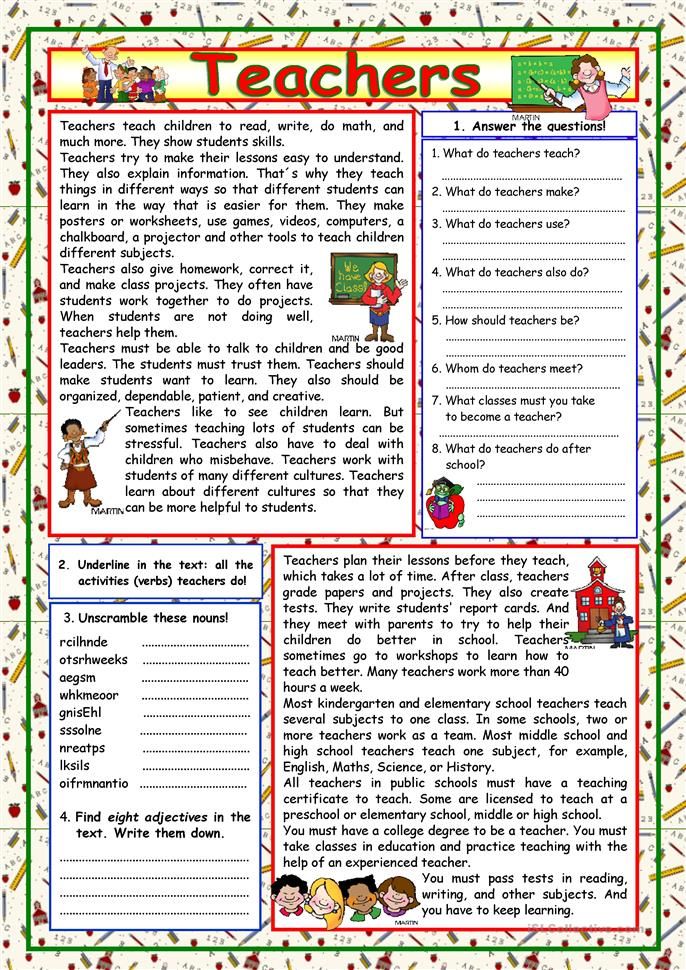 95
95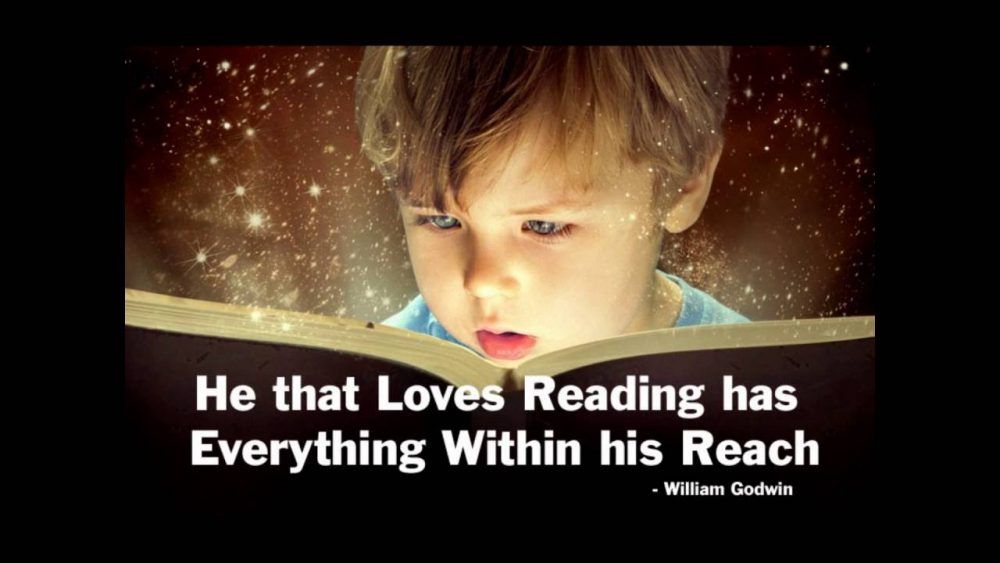 95
95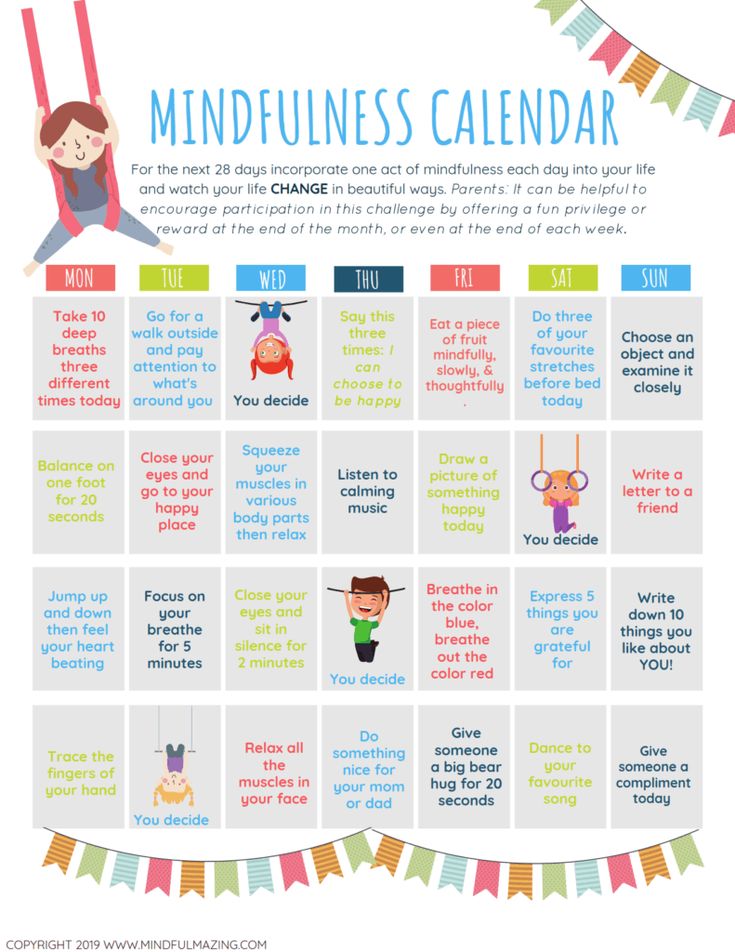 95
95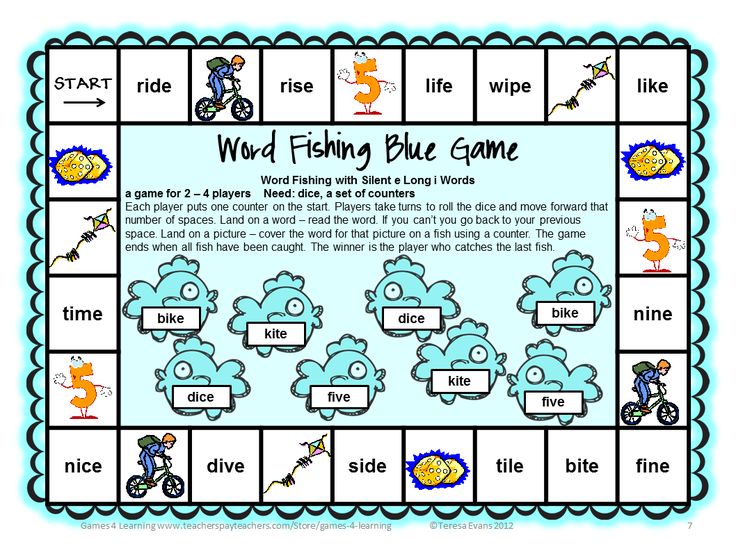 95
95 95
95 95
95